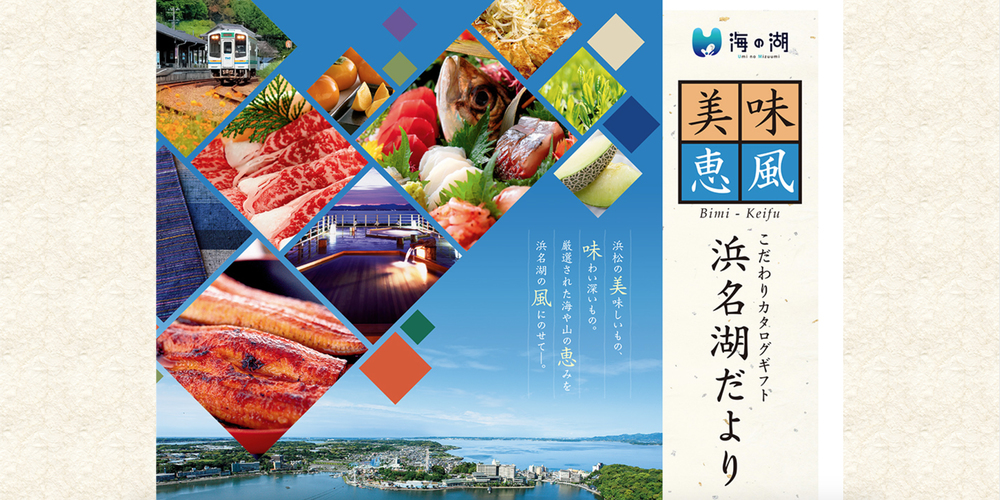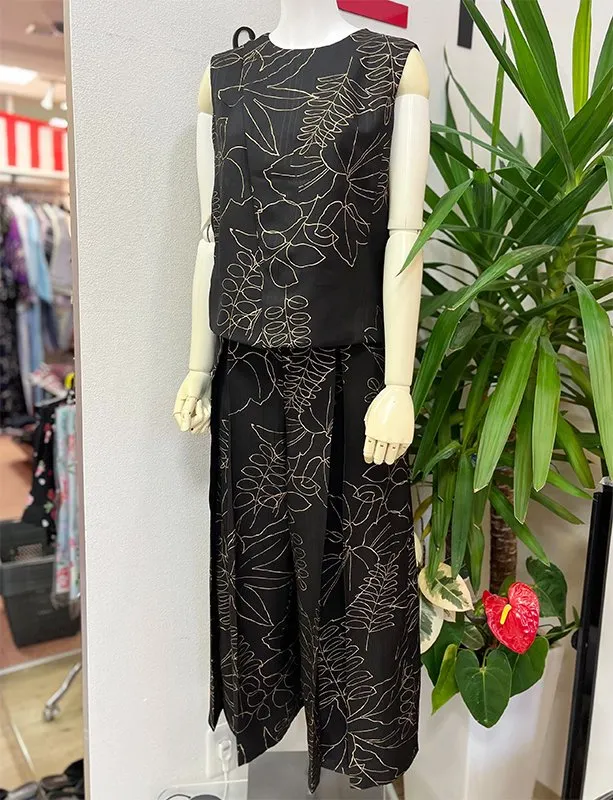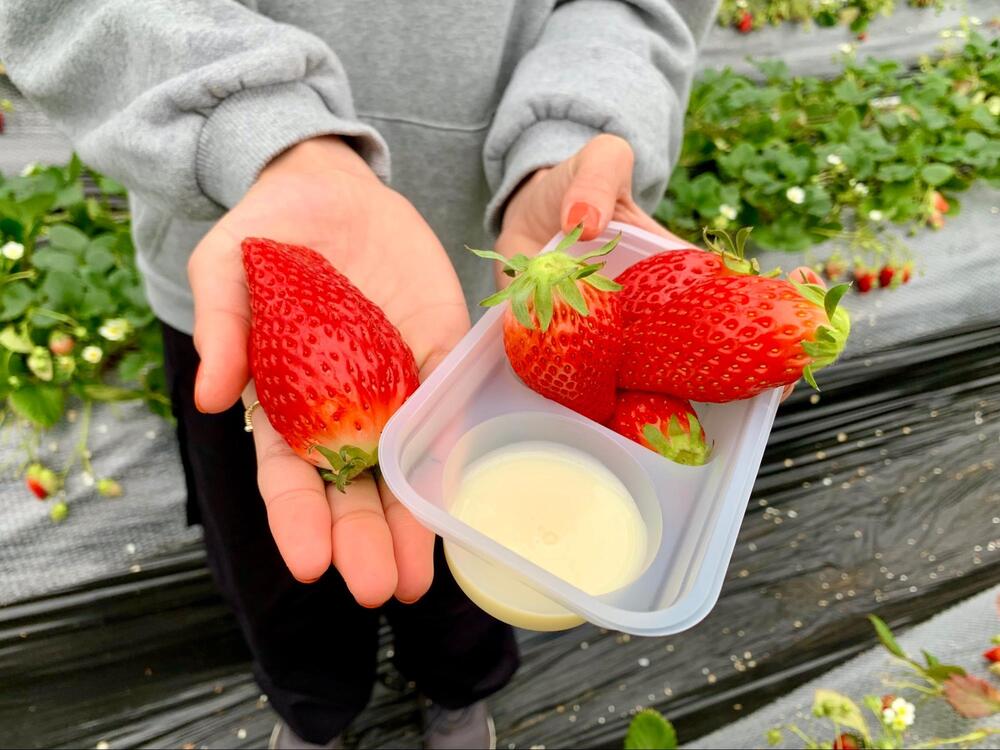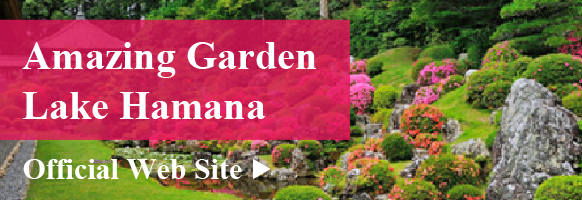Get to Know Hamamatsu
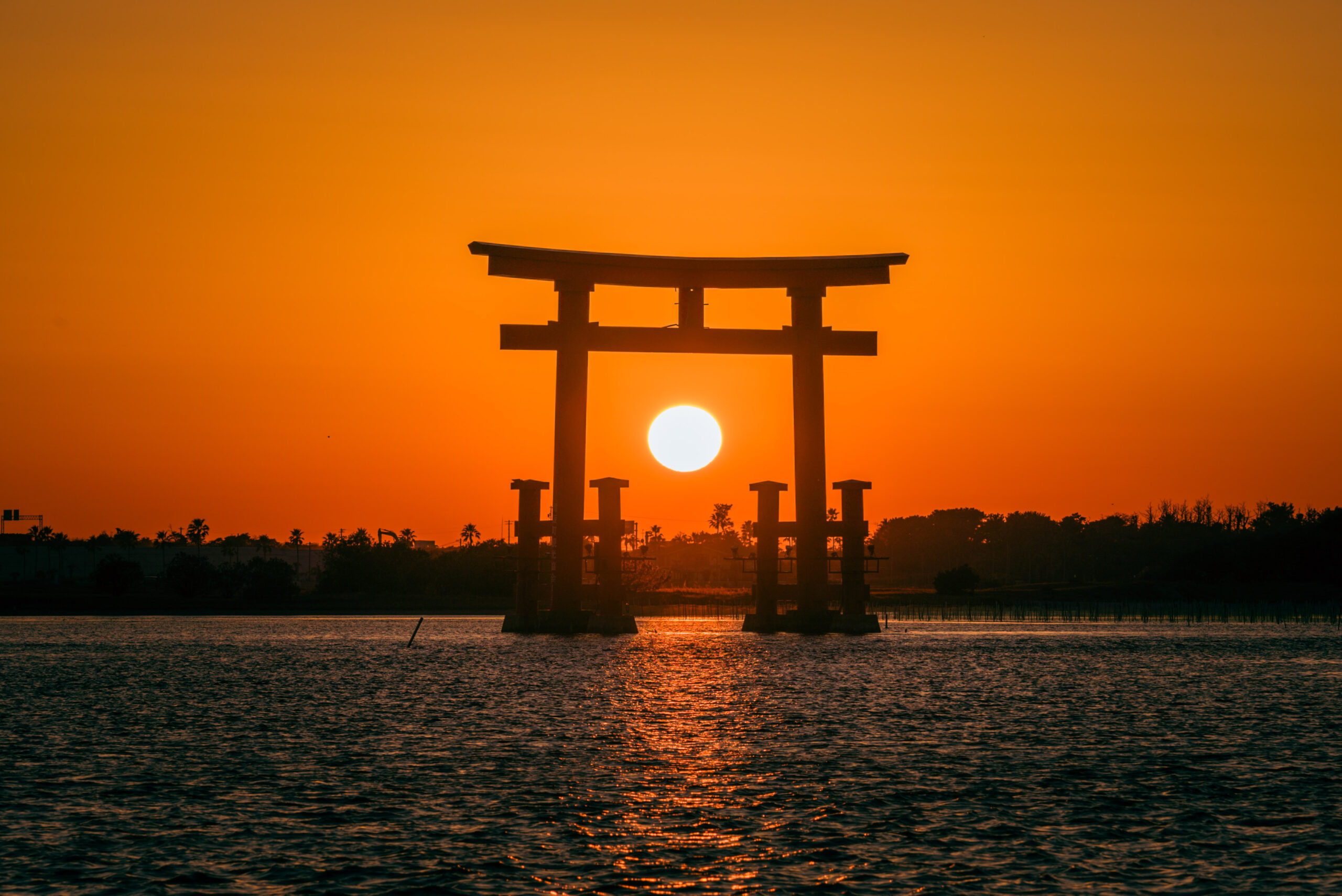
Experience Japan’s Nature and Culture on a 3-Day Autumn Journey to Hamamatsu City in Shizuoka Prefecture
Just a short journey from Tokyo lies Hamamatsu, one of Shizuoka Prefecture’s largest cities, offering an impressive array of culinary delights and tourist attractions. Join us as we explore this 3-day, 2-night adventure that unveils Hamamatsu’s rich traditions and unique charm while experiencing the beauty of fall in Japan.
【Day 1】
Hamamatsu Castle Park
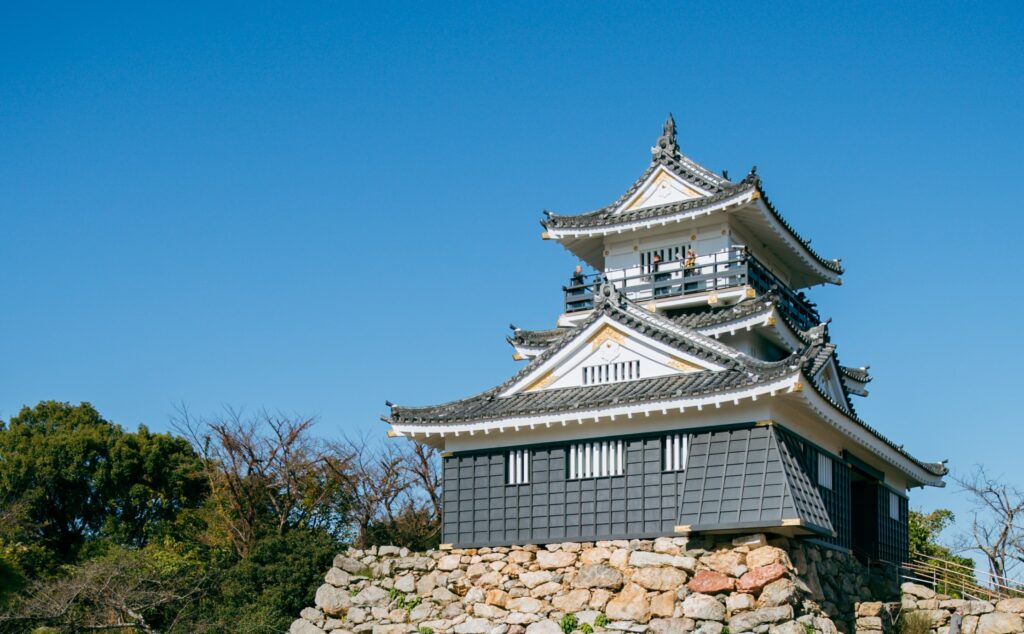
Hamamatsu Castle Park was built around the historic Hamamatsu Castle. This beloved destination attracts both tourists and locals, offering a perfect blend of historical significance, cultural value, and natural beauty.
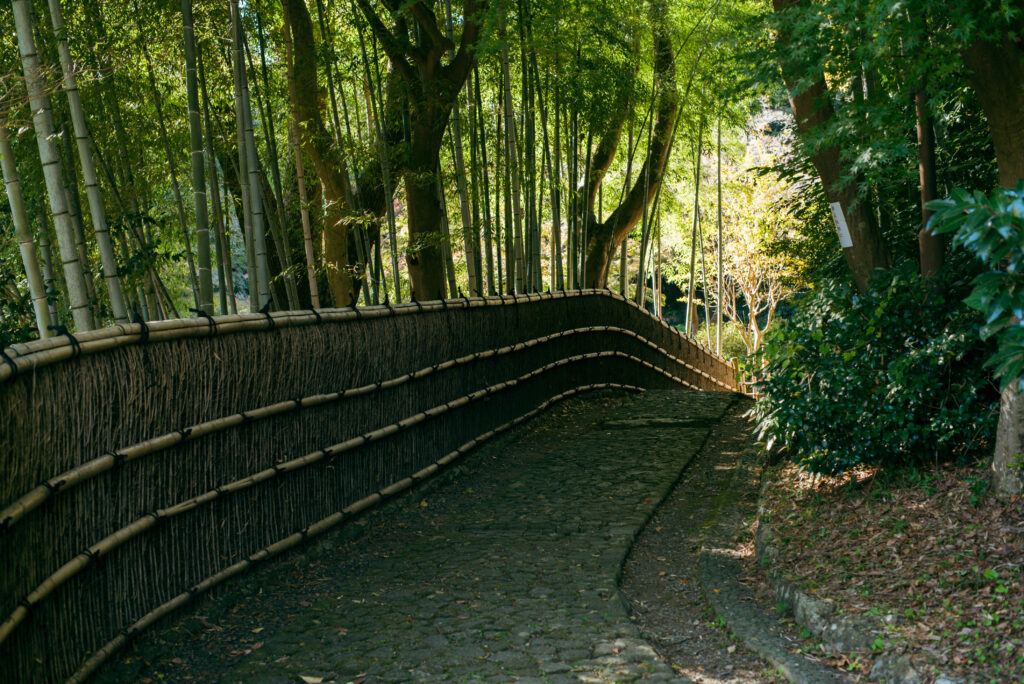
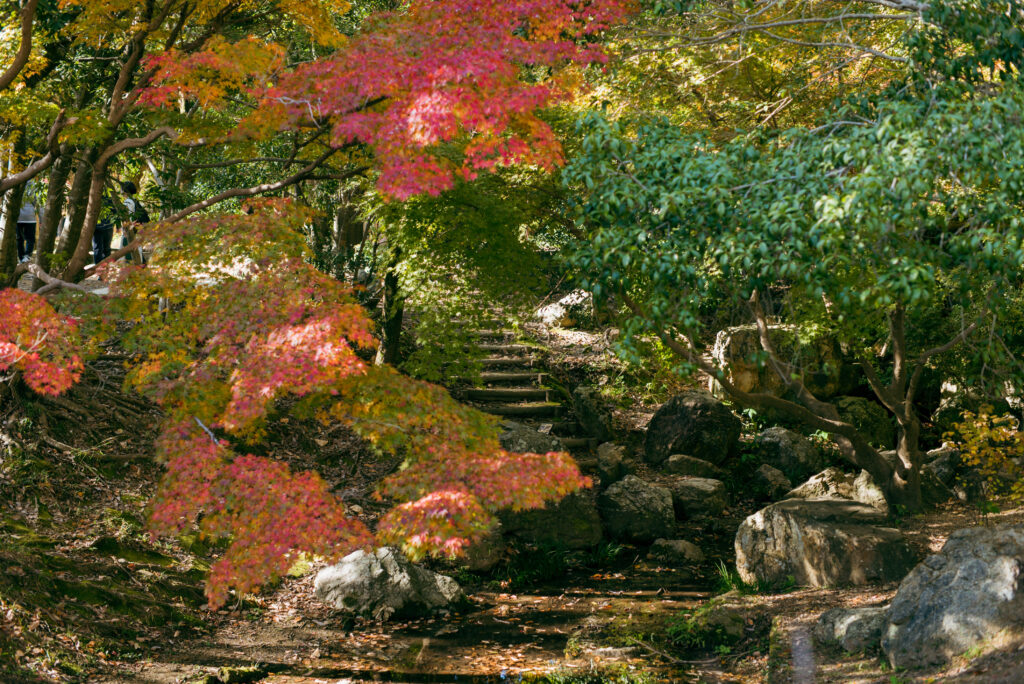
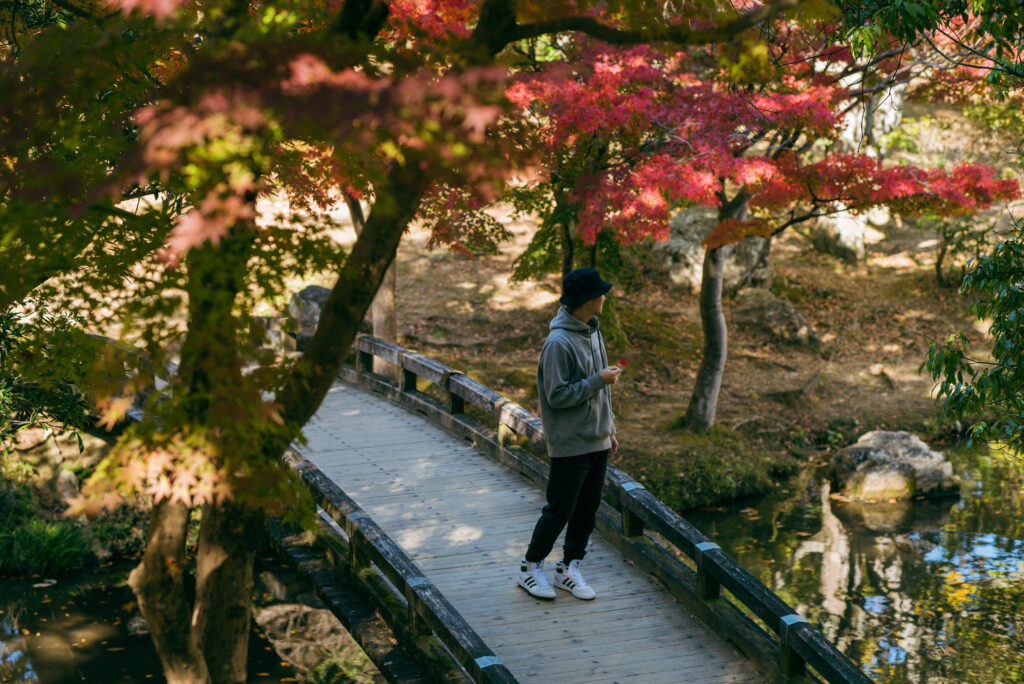
The castle itself holds special historical importance as the former residence of Tokugawa Ieyasu, the shogun who laid the foundation for Japan’s unification. Today, the castle grounds feature a harmonious Japanese garden designed in the Miyama style, complete with a waterfall, traditional arbor, and pond for visitors to enjoy while looping through it. The park is particularly stunning during spring when weeping cherry blossoms bloom and autumn when the leaves turn vibrant colors.
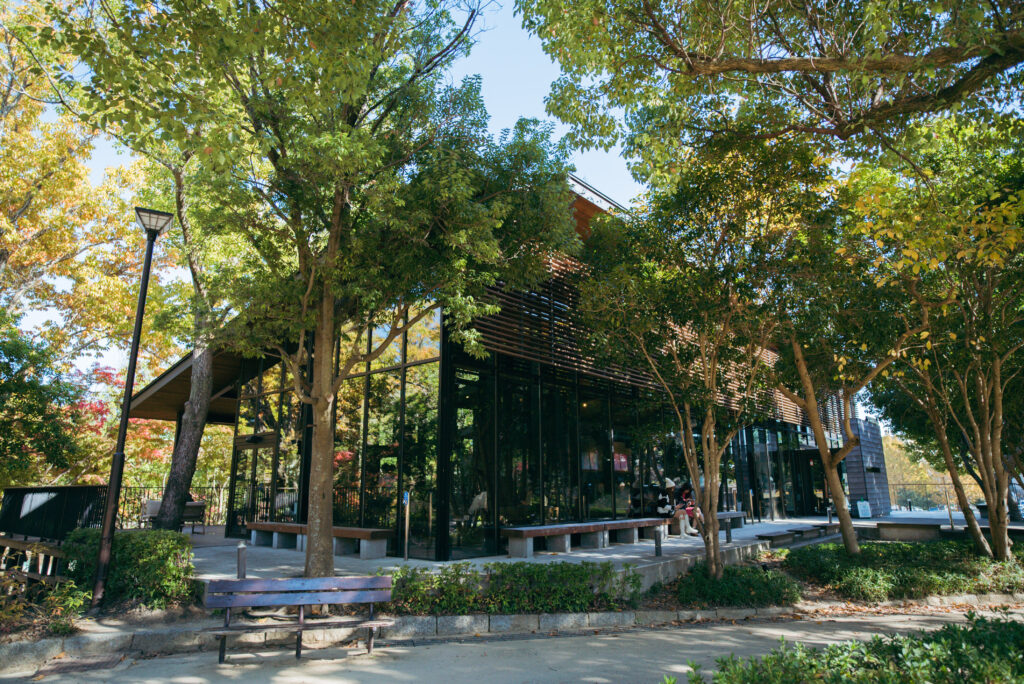
A unique highlight of the park is its integrated Starbucks cafe. The store’s impressive wooden architecture and traditional aesthetic create a perfect atmosphere for both relaxation and photography, with both indoor seating and a terrace available.
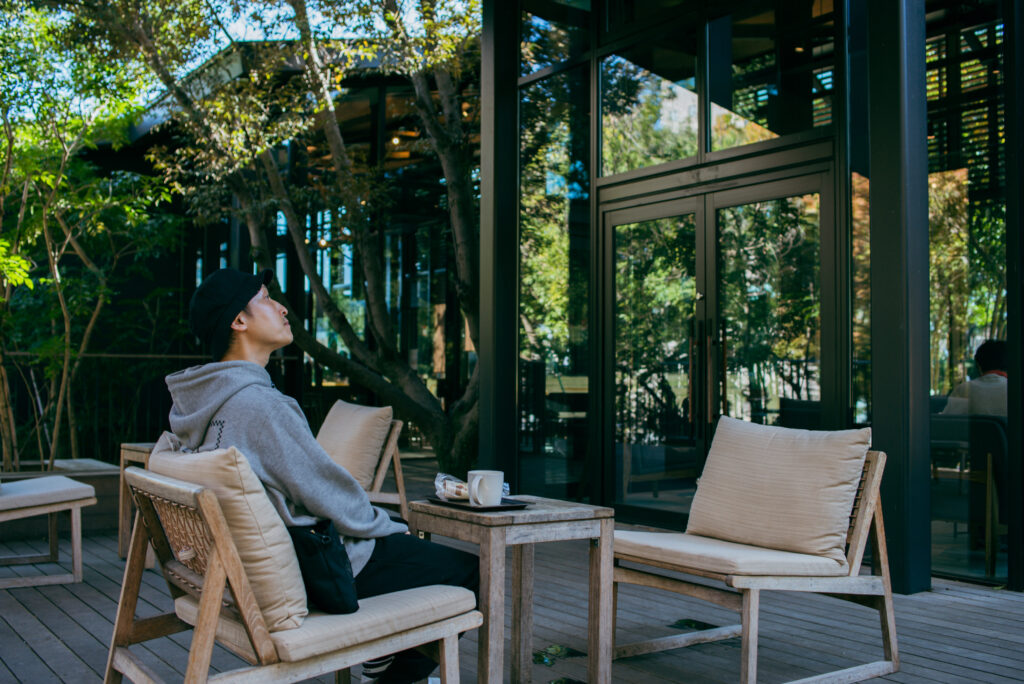
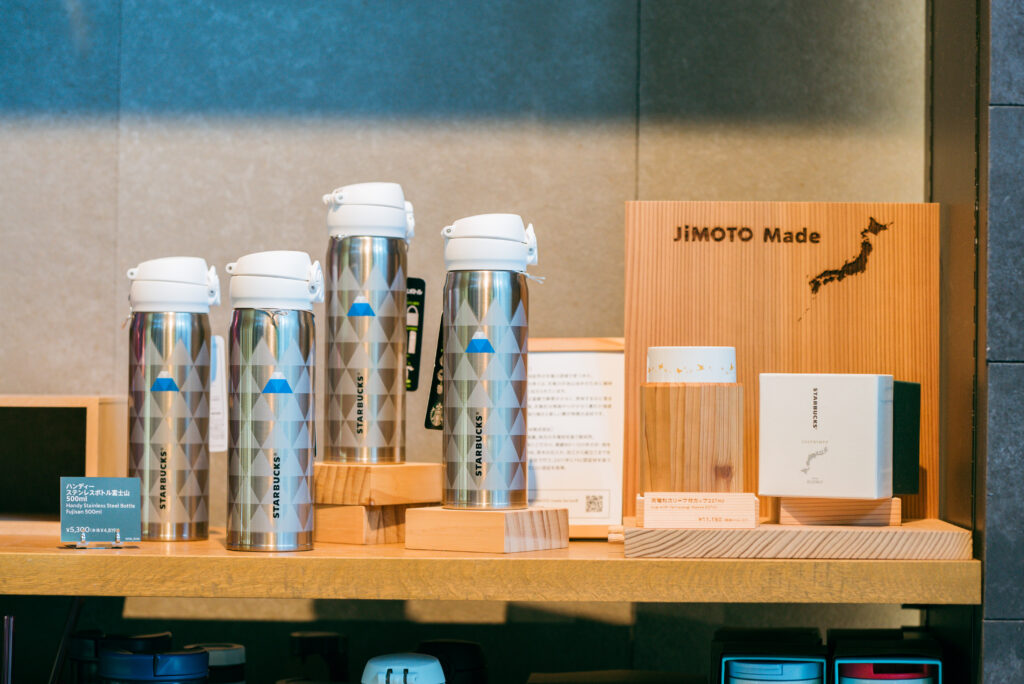
The store offers exclusive local merchandise, including stainless steel bottles featuring Mt. Fuji designs and JIMOTO Made cups with sleeves crafted from local Tenryu cedar – available only in Hamamatsu City locations. This cedar comes from the Tenryu Birin, one of Japan’s three most prestigious artificial forests, located in Hamamatsu’s mountainous region and renowned for its high-quality timber. Consider taking home one of these special sleeve-equipped cups as a souvenir and appreciate the beautiful color and grain patterns of the Tenryu cedar.
Nihashi Somekojo (Dyeing Factory)
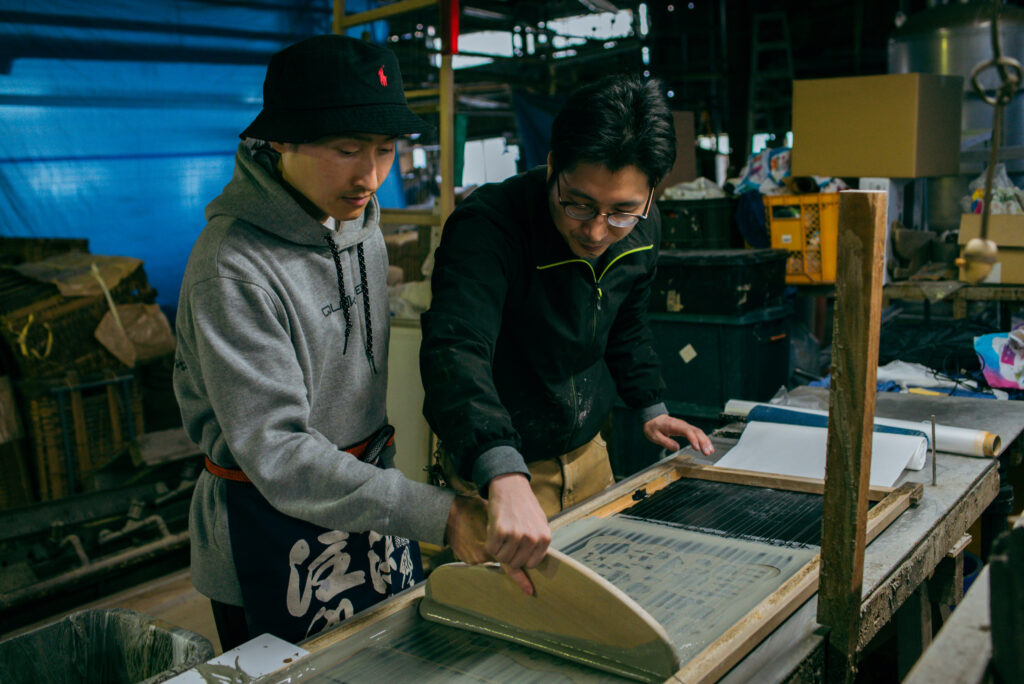
Our next stop was the Nihashi Somekojo, which has preserved “chusen” – a unique Japanese dyeing technique – for nearly a century. Here, visitors can experience traditional Hamamatsu chusen dyeing by creating their own tenugui (hand towel). The technique gets its name from the distinctive process: applying dye-blocking paste, placing stencils, and pouring dye from above.
our
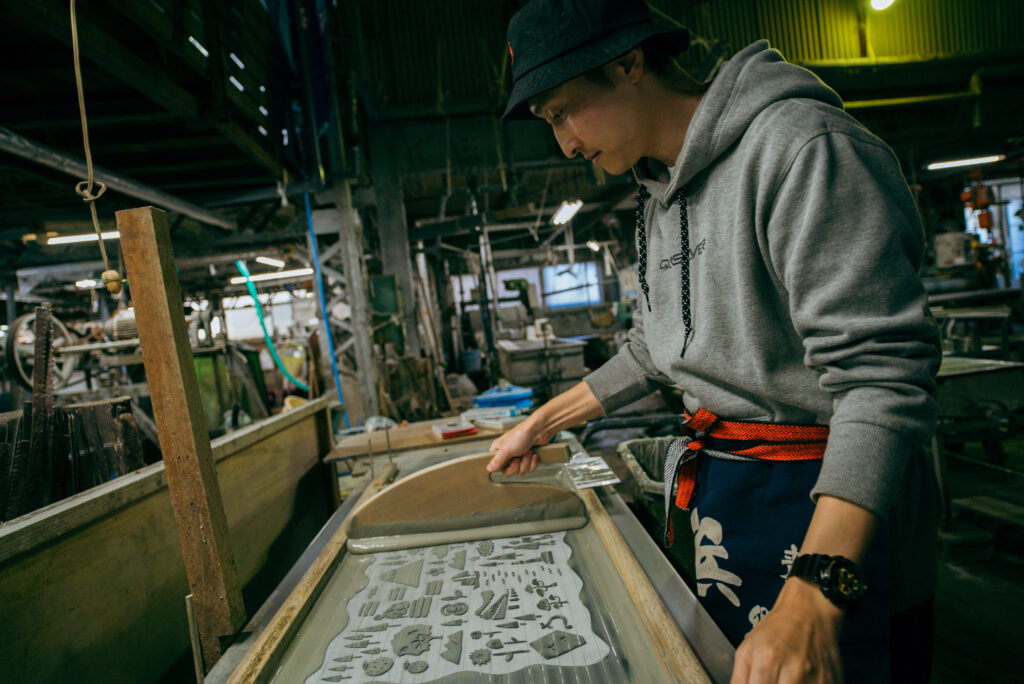
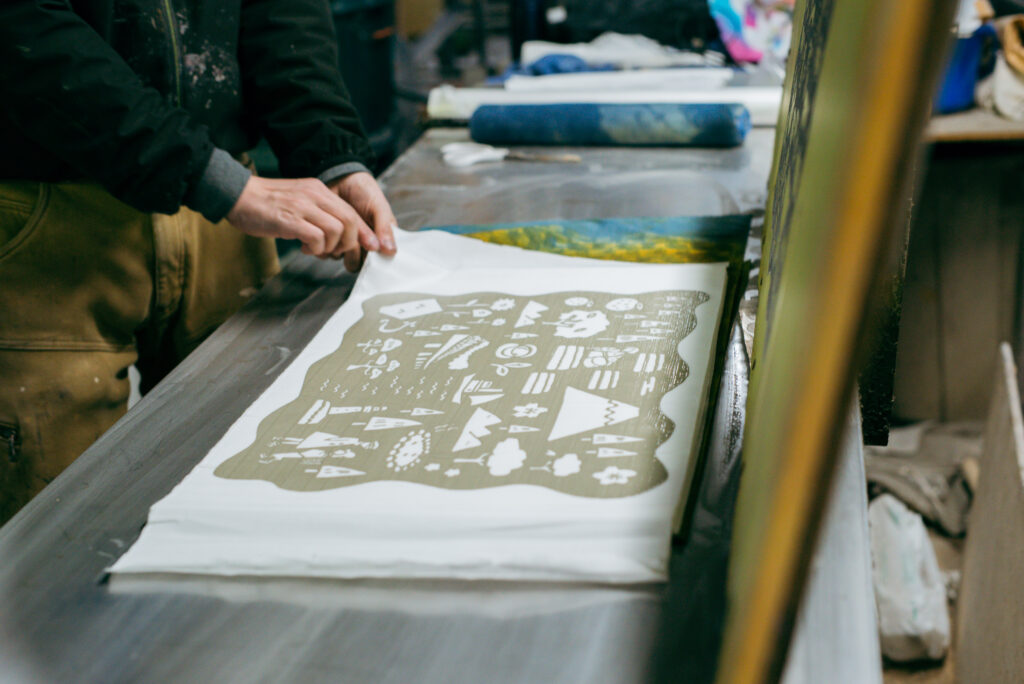
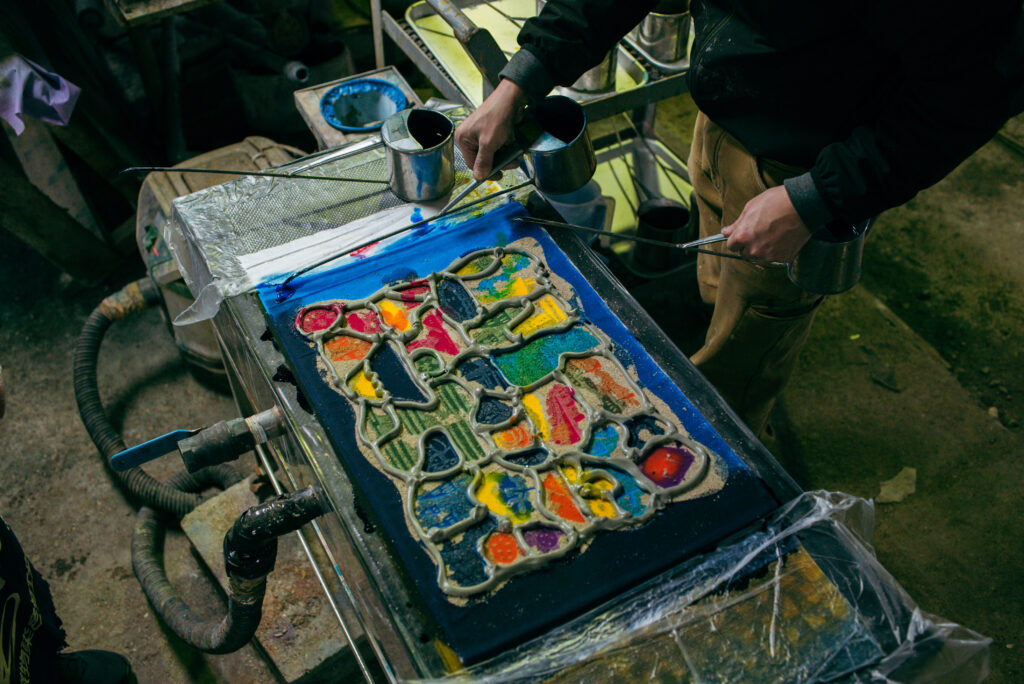
Shizuoka Prefecture’s mild climate historically supported cotton cultivation, leading to advanced spinning and dyeing industries. While the completely manual process appears demanding, it creates distinctive gradients and produces textiles with superior absorbency and quick-drying properties that maintain their color longer than machine-made alternatives.
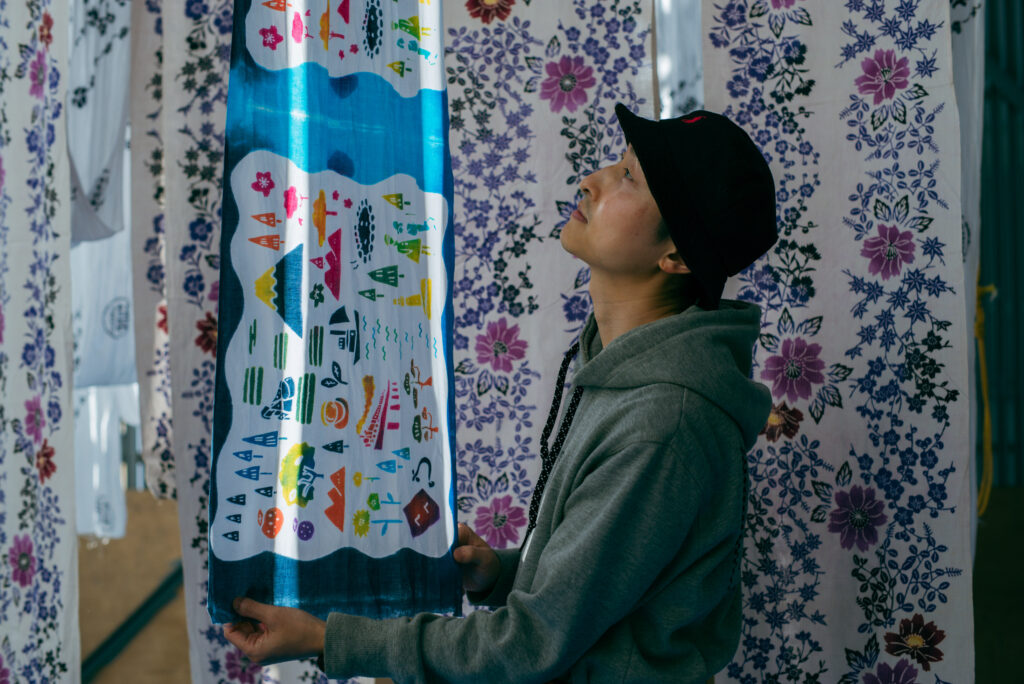
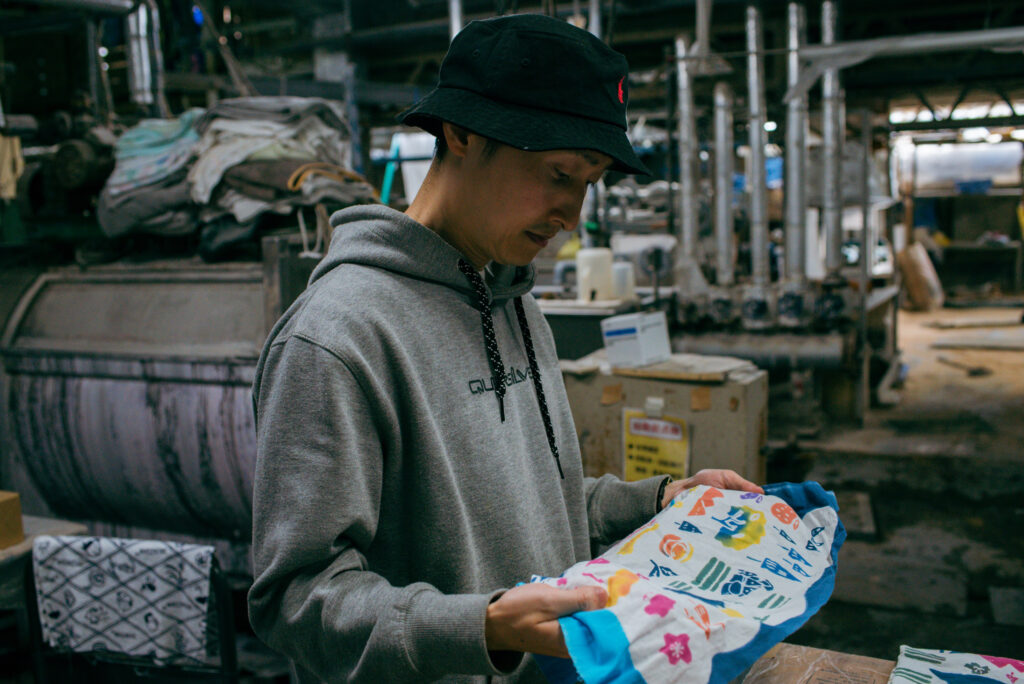
In today’s efficiency-driven world, experiencing this traditional handcrafting process offers valuable insight into Japanese artisanal heritage. Consider visiting to create your own handkerchief using this time-honored dyeing technique.
Kanzanji Ropeway
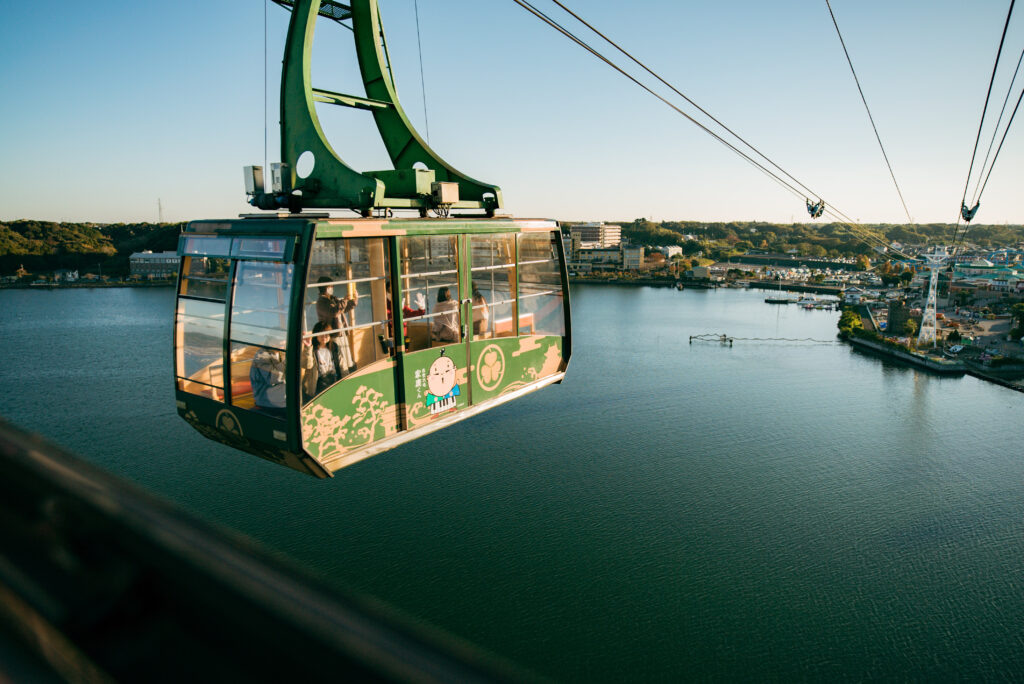
Lake Hamana stands as one of Hamamatsu’s premier tourist destinations and is widely recognized as one of the city’s most famous attractions.
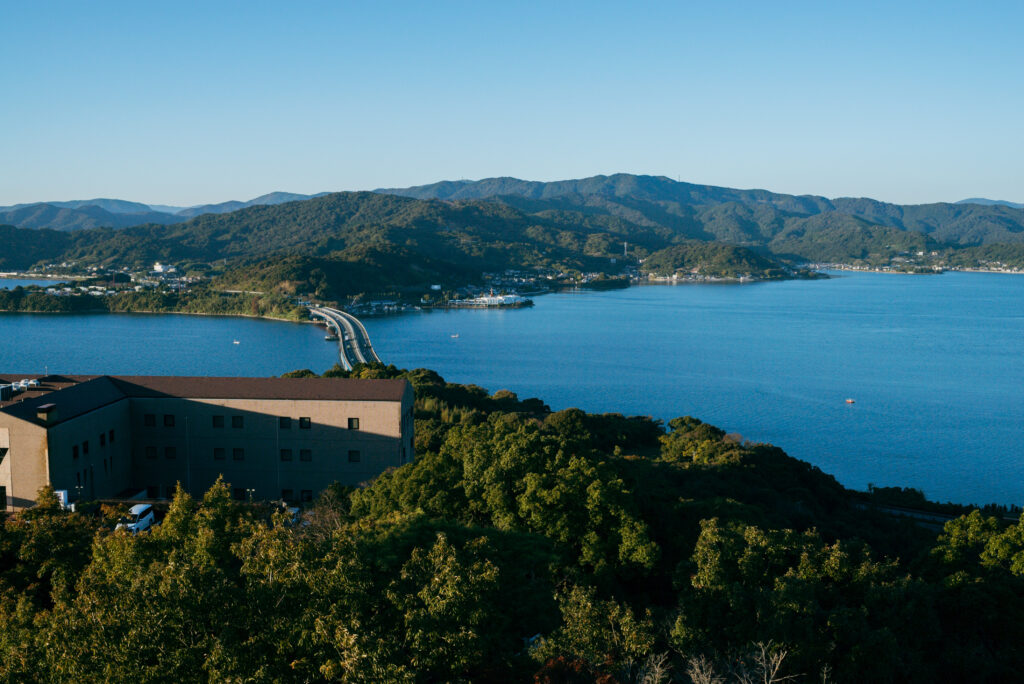
The area surrounding Kanzanji Ropeway offers diverse entertainment options, including an amusement park featuring an observation deck and Ferris wheel, various water activities like cruise boats and watercraft rentals, and several hot springs.
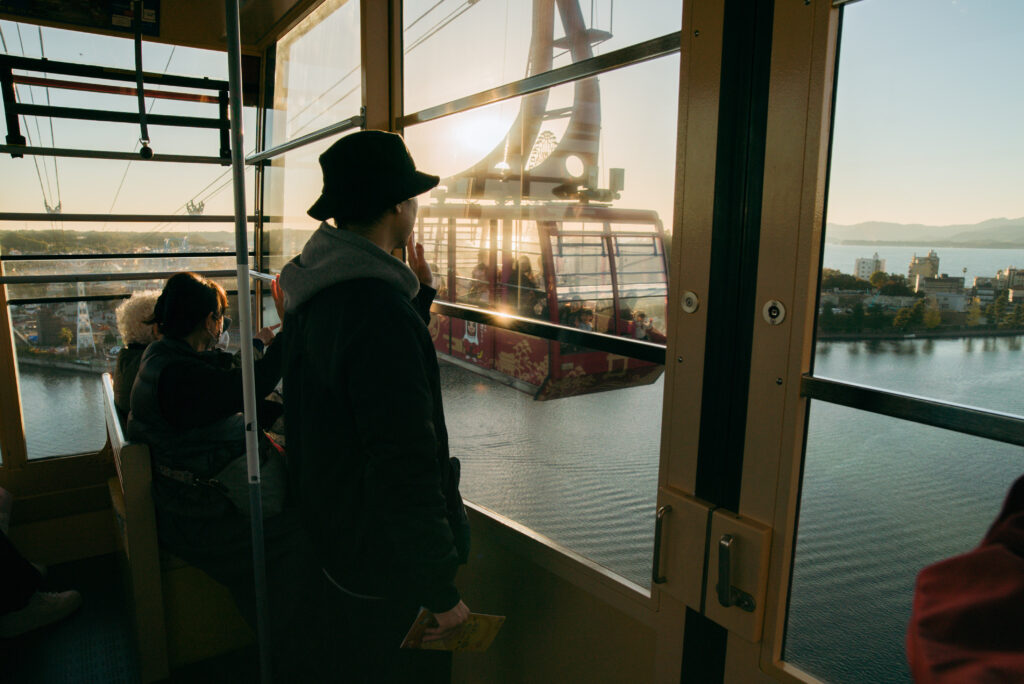
Kanzanji Onsen, situated along the picturesque shores of Lake Hamana, has earned a reputation as a “sanctuary for lovers.” The observatory provides a breathtaking 360-degree view of Lake Hamana, and when paired with the melodic sounds of the carillon bells, creates an enchanting romantic atmosphere that visitors shouldn’t miss. For those with extra time, consider exploring the Hamanako Orgel Museum within the observatory, or during the summer months, participating in water sports activities.
Bentenjima Seaside Park
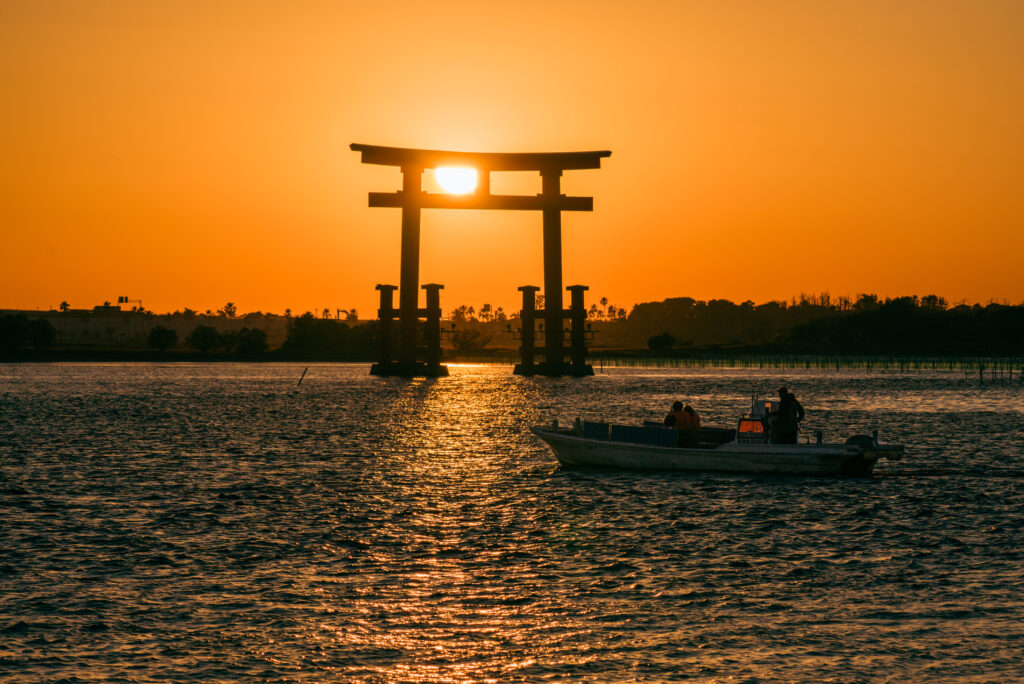
Bentenjima Seaside Park stretches in front of the Bentenjima hot spring resort area, featuring rows of palm trees that create a distinct tropical atmosphere.
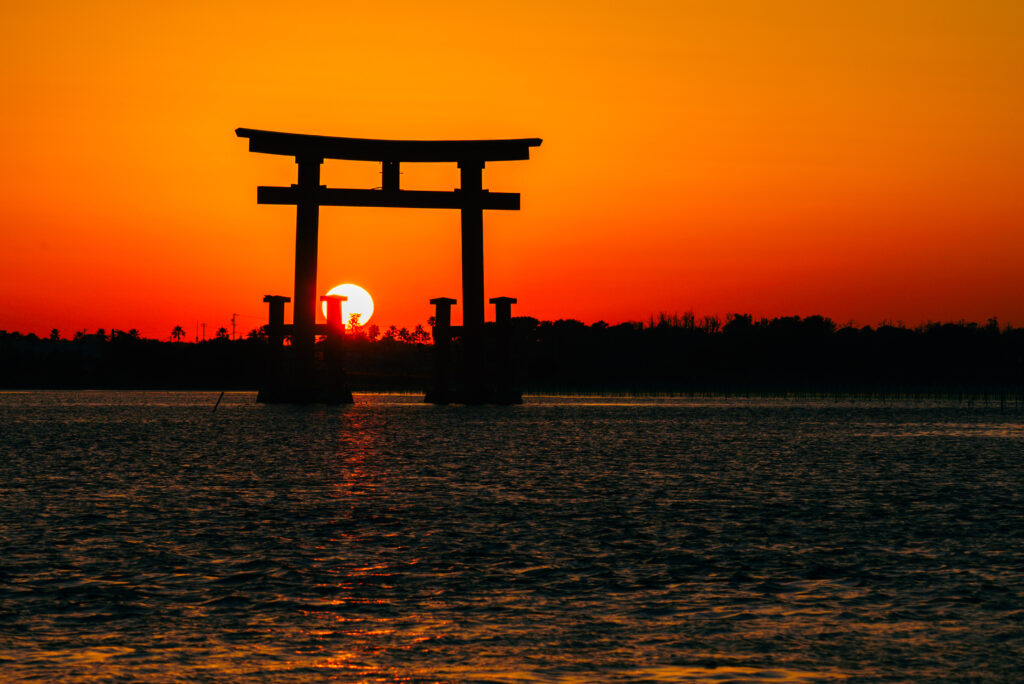
The park’s main attraction is its stunning red “torii” shrine gate standing in Lake Hamana, perfectly framing the sunset. During winter, visitors can witness the breathtaking spectacle of the sun setting directly through the center of the gate. This unforgettable view has become one of the area’s most photographed locations.
Hamamatsu Flower Park
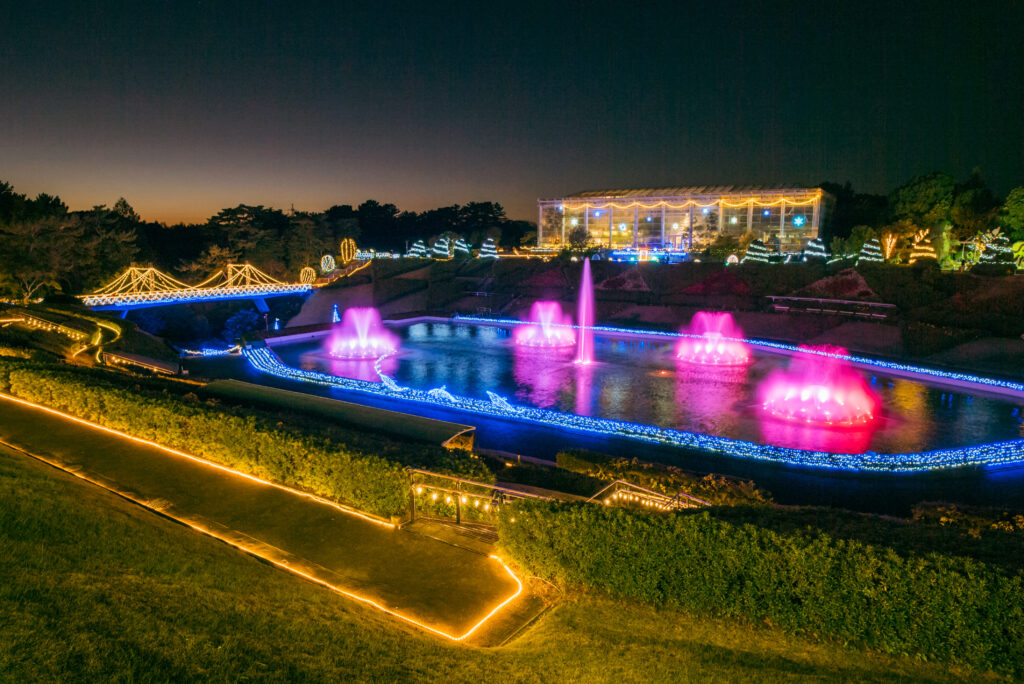
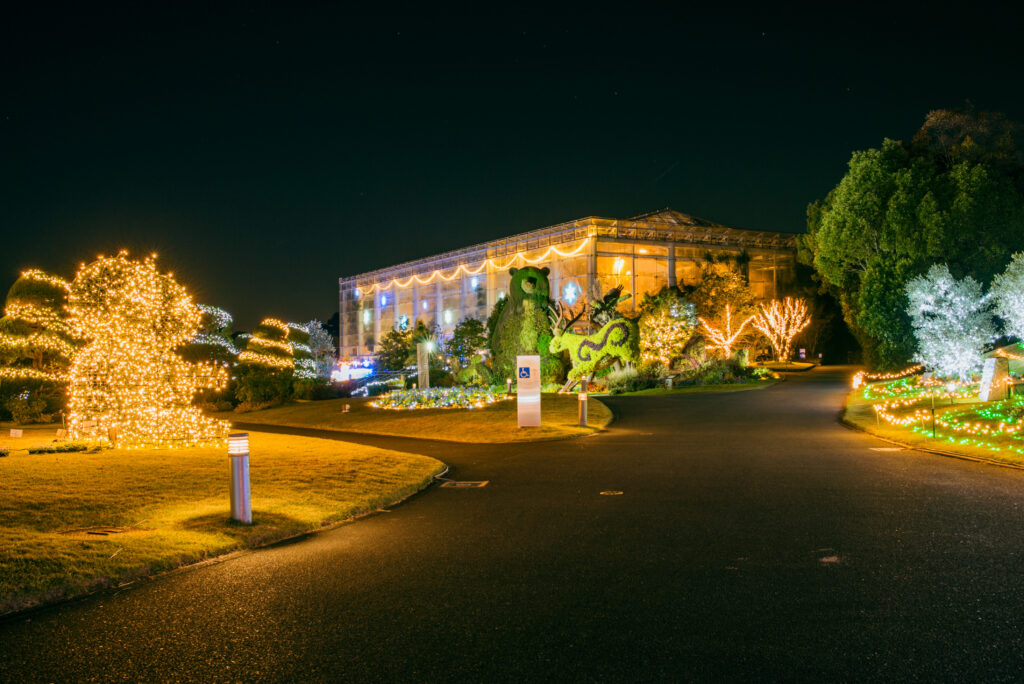
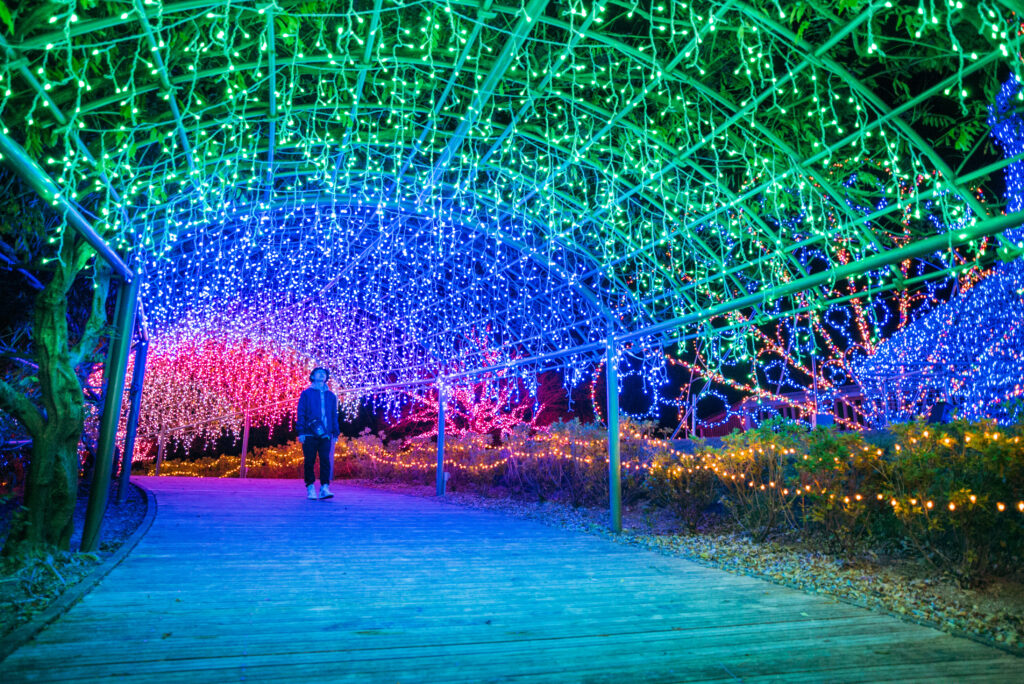
Hamamatsu Flower Park combines ornate fountains with extensive floral displays and botanical gardens. The park showcases seasonal blooms throughout the year that draw in crowds, from spring cherry blossoms and tulips to wisteria, roses, and Japanese irises. Winter transforms the park into a dazzling illumination display, with one million lights creating a magical atmosphere.
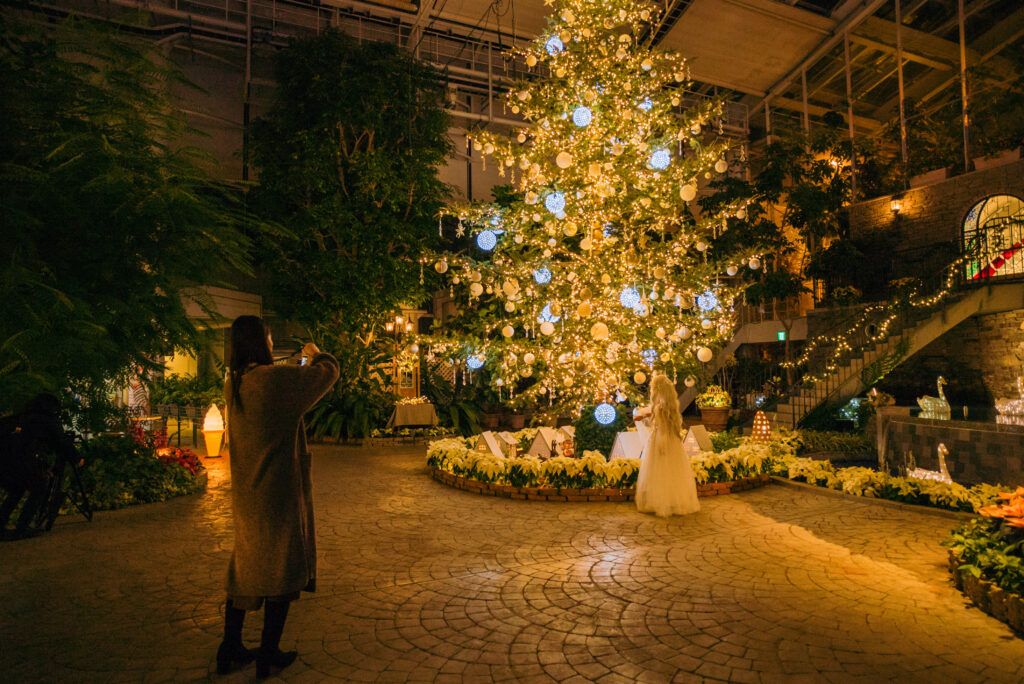
Other highlights include an 8-meter-tall Christmas tree, choreographed fountain shows, and numerous photo opportunities. The enchanting setting makes it particularly appealing for couples and family outings.
Hoshino Resorts KAI Enshu
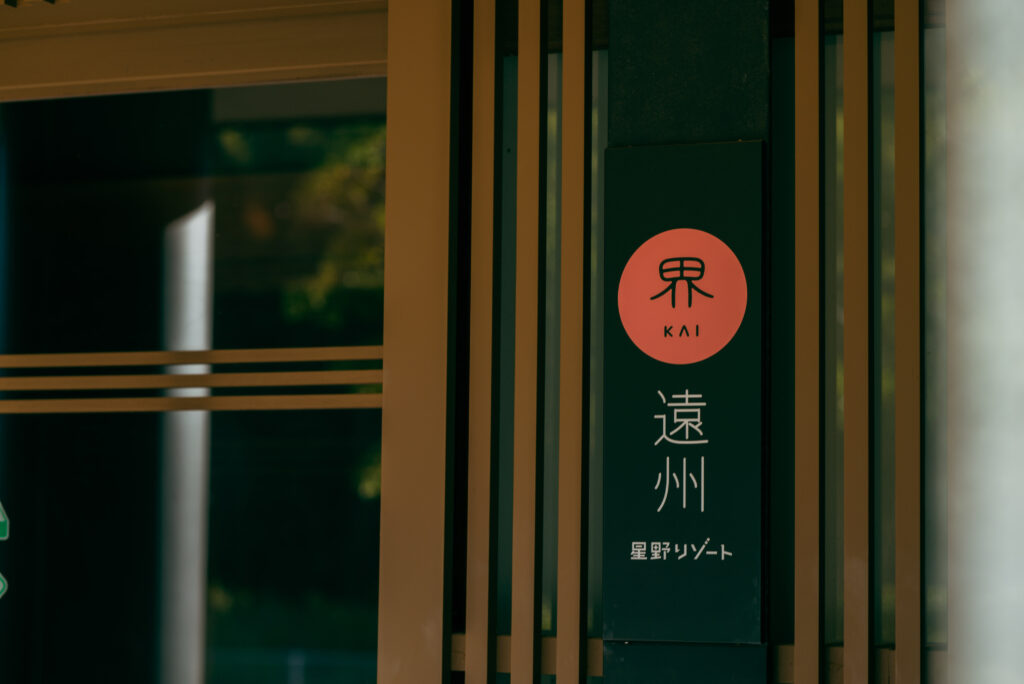
Hoshino Resorts, Japan’s premier luxury hospitality brand, operates all kinds of properties nationwide, with KAI Enshu situated at Kanzanji Onsen along Lake Hamana in Hamamatsu.
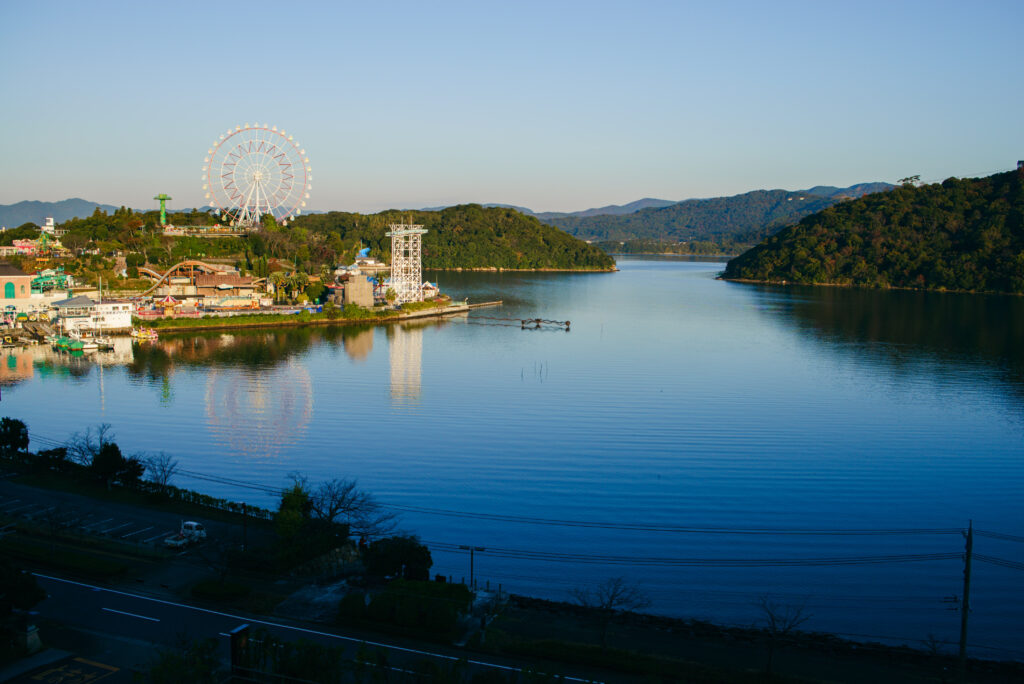
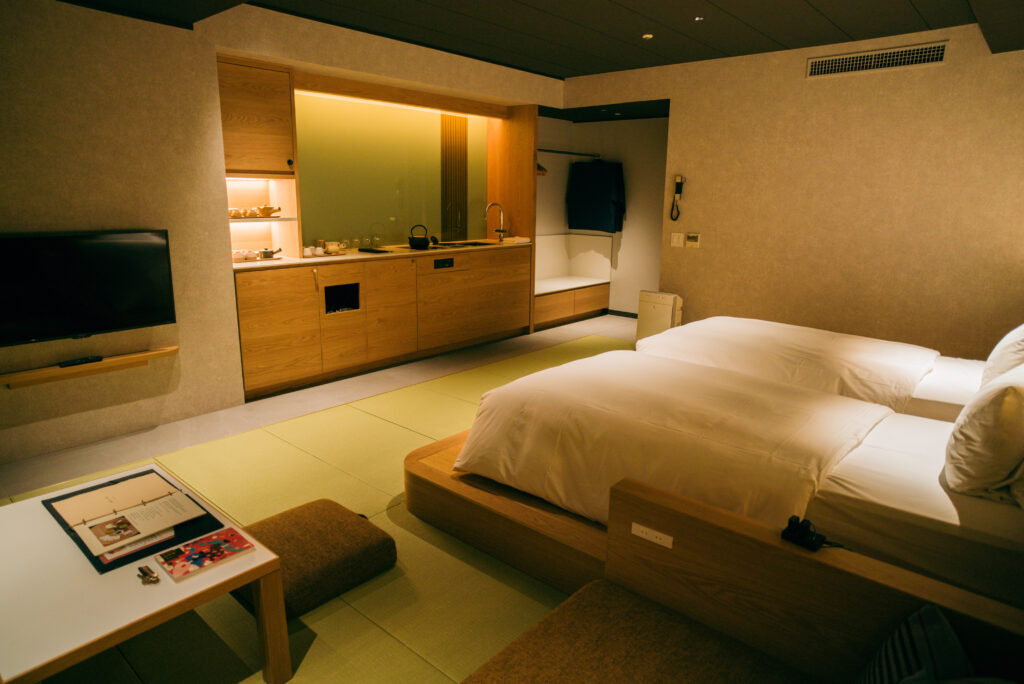
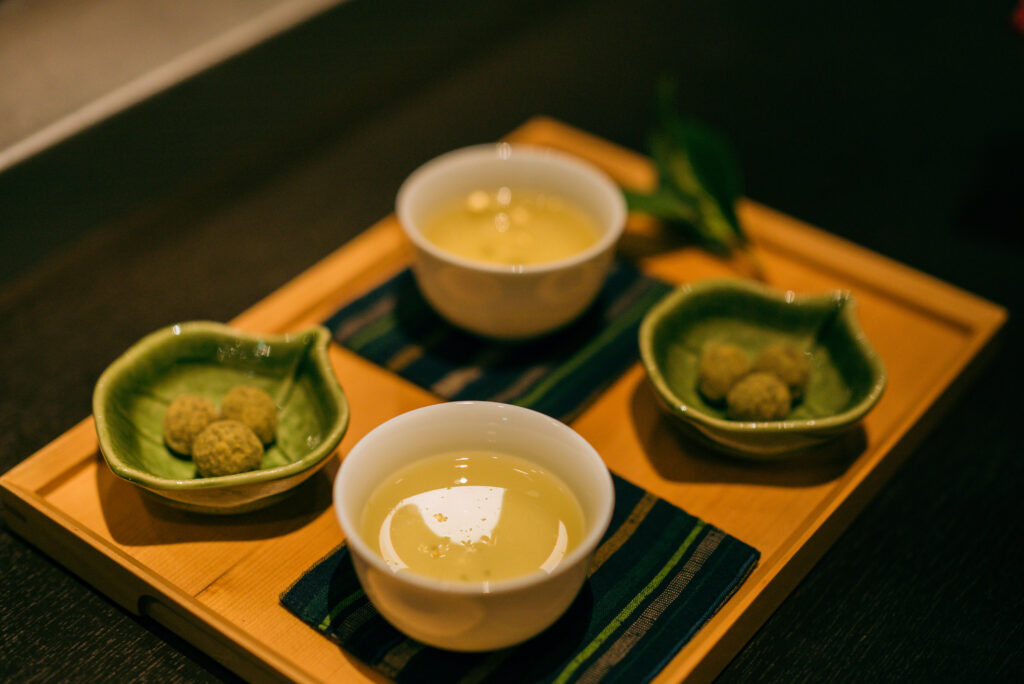
This property uniquely celebrates Shizuoka Prefecture’s green tea heritage, incorporating it throughout the guest experience. Upon arrival, guests are greeted by the subtle fragrance of tea from ceremonial incense burners.
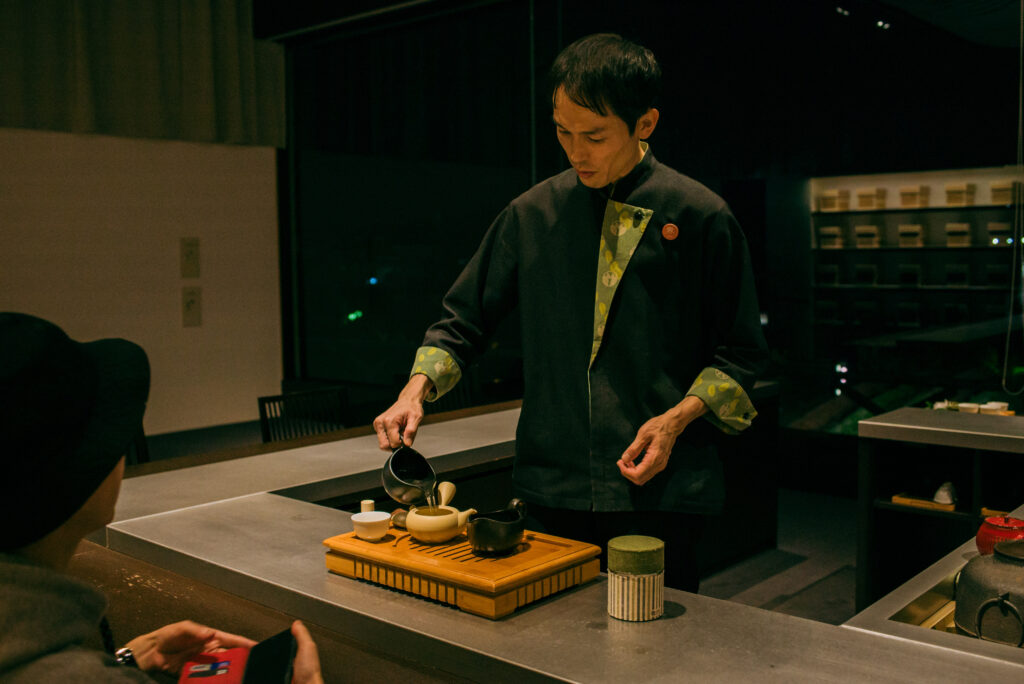
The resort’s signature “Cultural Discovery” activity features certified tea sommeliers who guide guests through Japanese tea appreciation, with the contents changing seasonally.
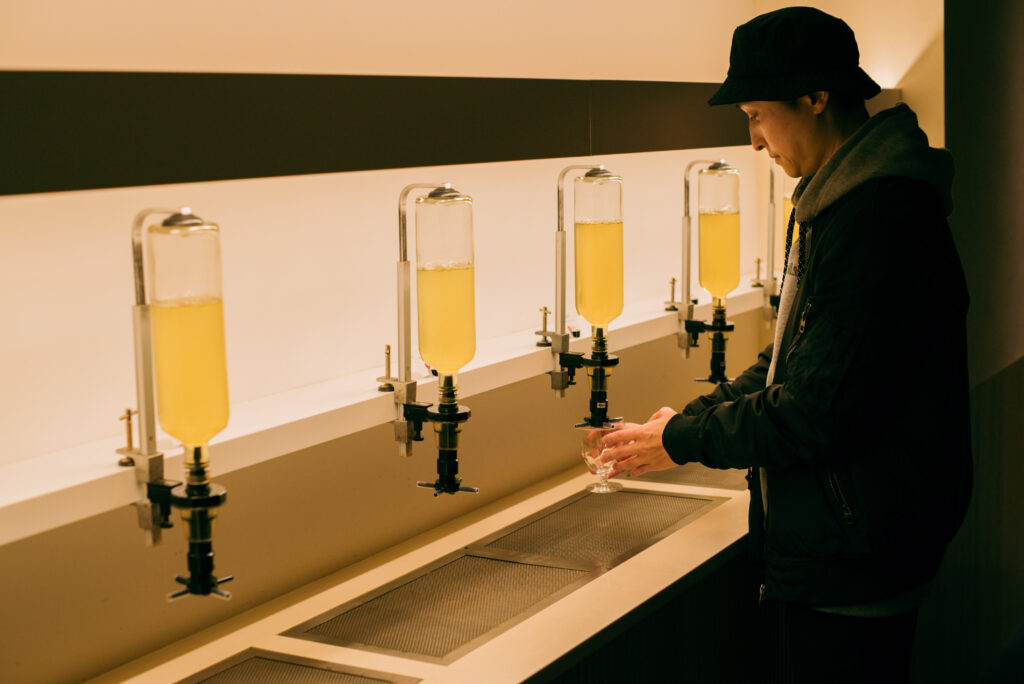
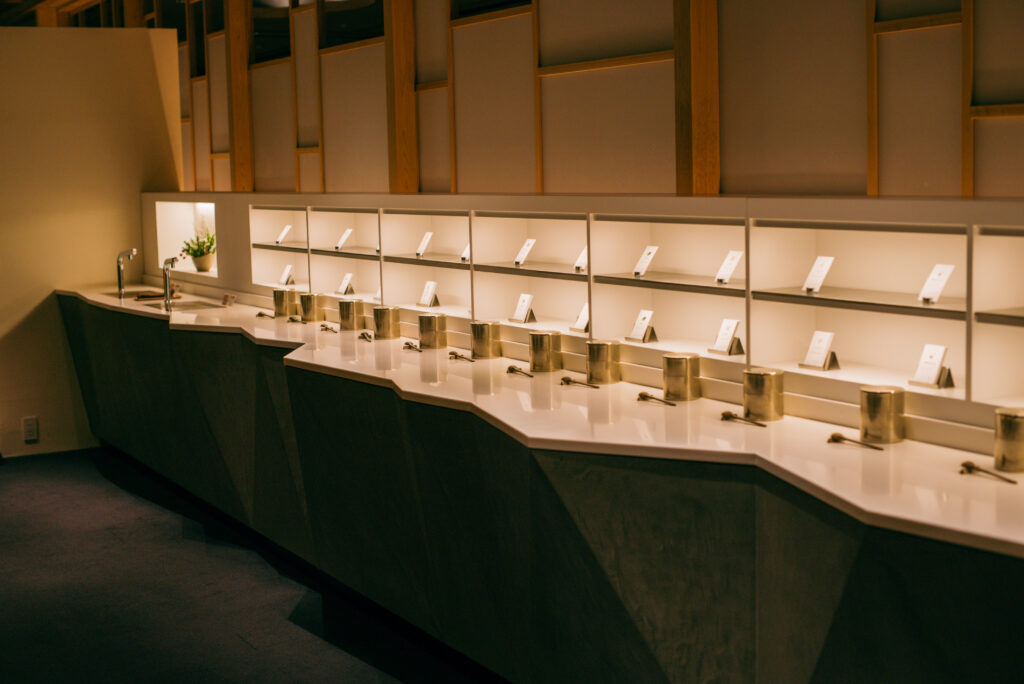
The Travel Library lounge offers tastings of 15 green teas, 2 hojicha varieties, and 3 black teas. Guest rooms come equipped with three specially selected green teas for different times of day (rest, bedtime, and morning), while the hot spring area features two distinct green tea varieties. Throughout the property, guests have access to 25 different teas, showcasing the region’s tea craftsmanship.
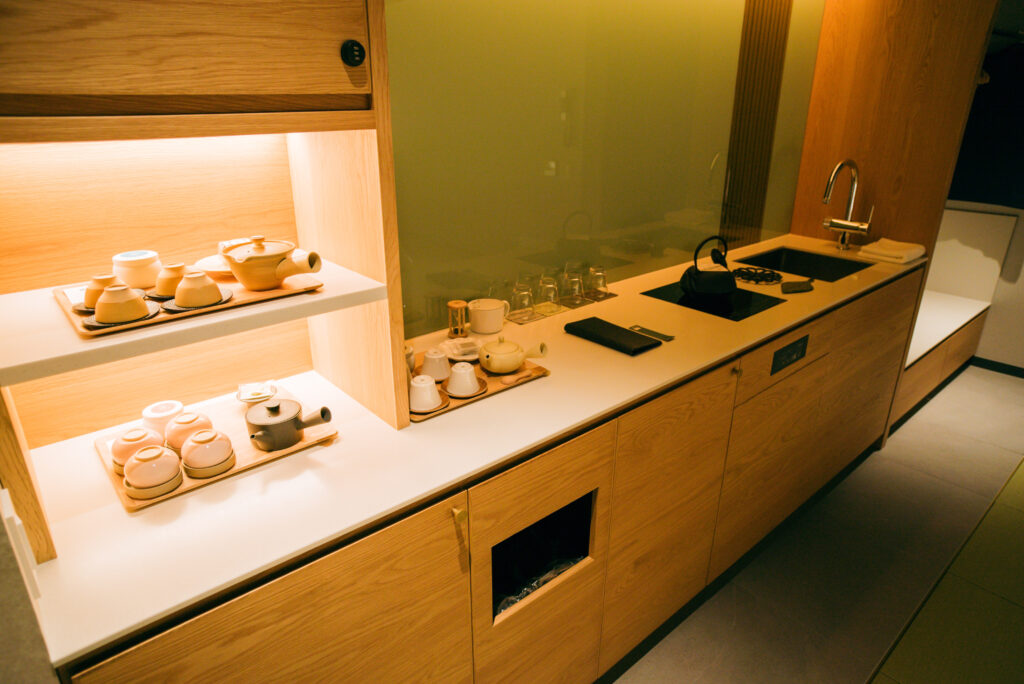
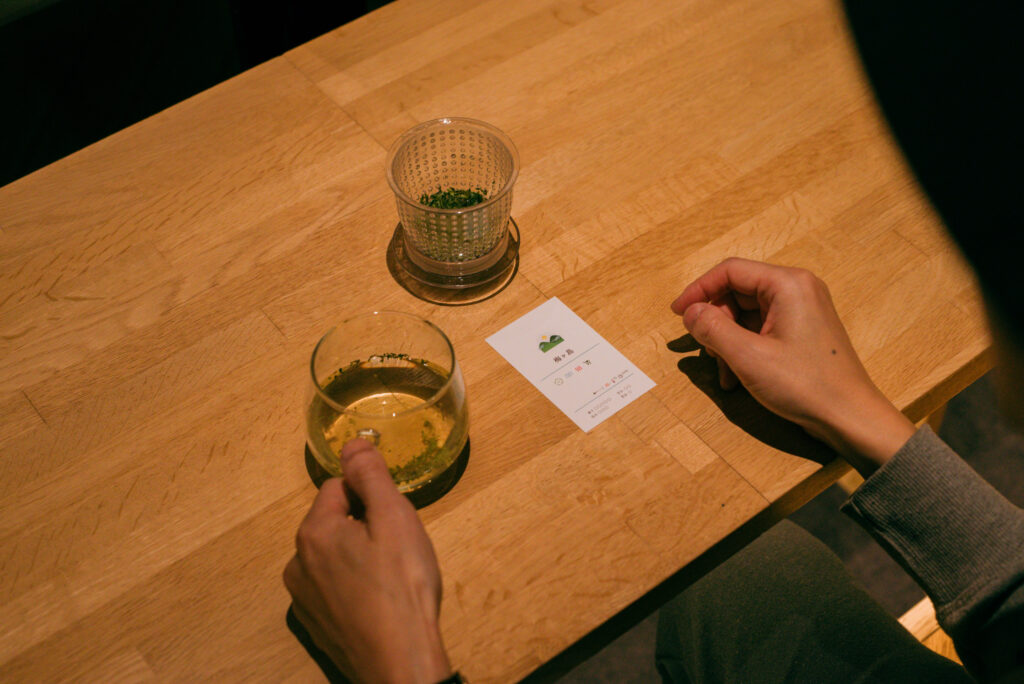
From winter to spring, visitors can experience first-flush teas, prized for their high nutritional value, and learn about various tea processing methods and flavor profiles.
The dining experience highlights local specialties, featuring Lake Hamana’s renowned eel and fugu (pufferfish) dishes.
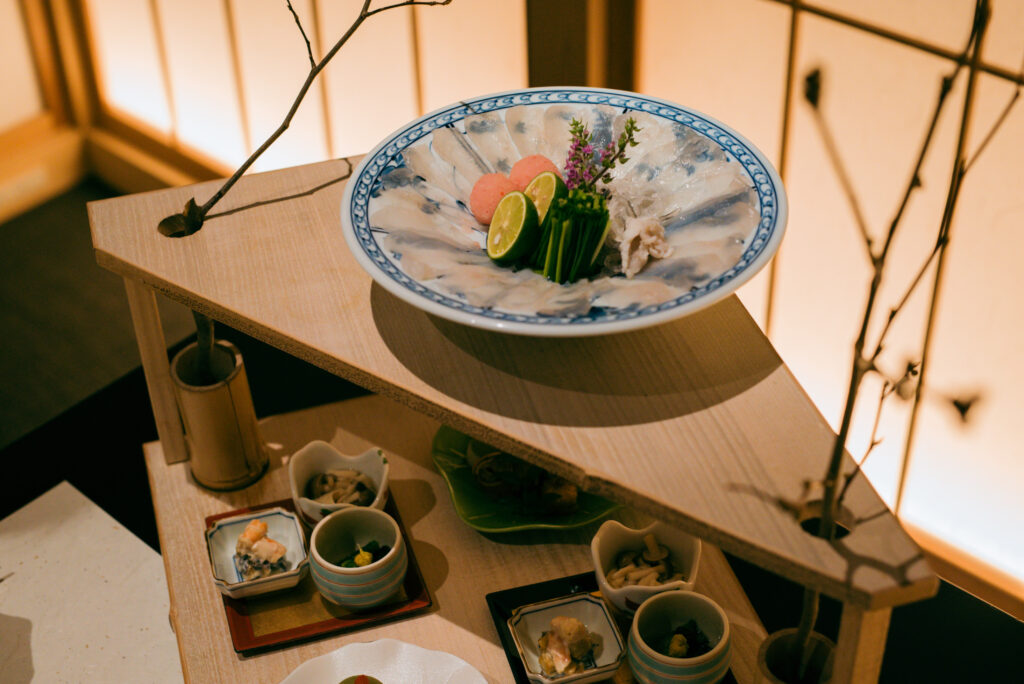
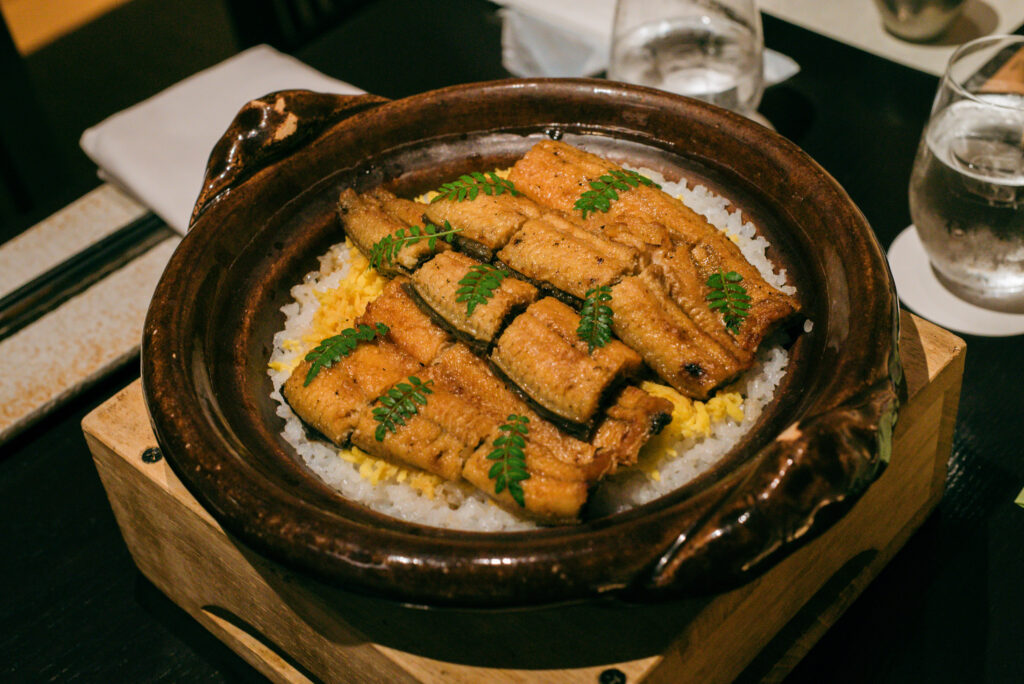
【Day 2】
Hokoji Temple
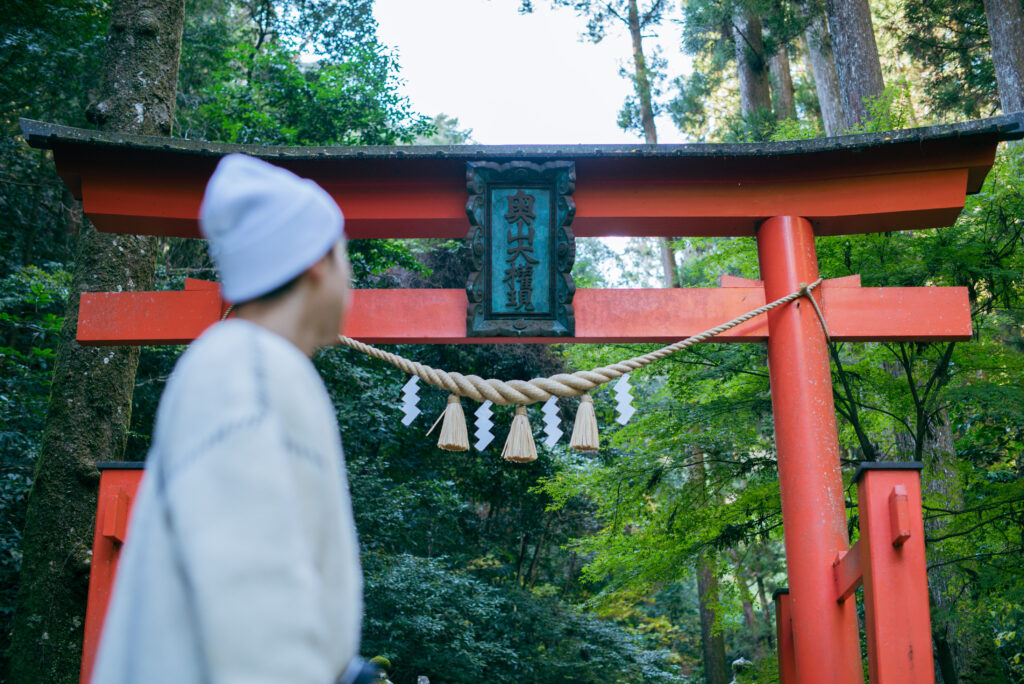
On the second day, we focused on experiencing the autumn foliage in Hamamatsu. Hokoji Temple is a grand temple nestled in the Okuyama area in northern Hamamatsu City. The peaceful temple grounds showcase autumn leaves in various stunning colors.
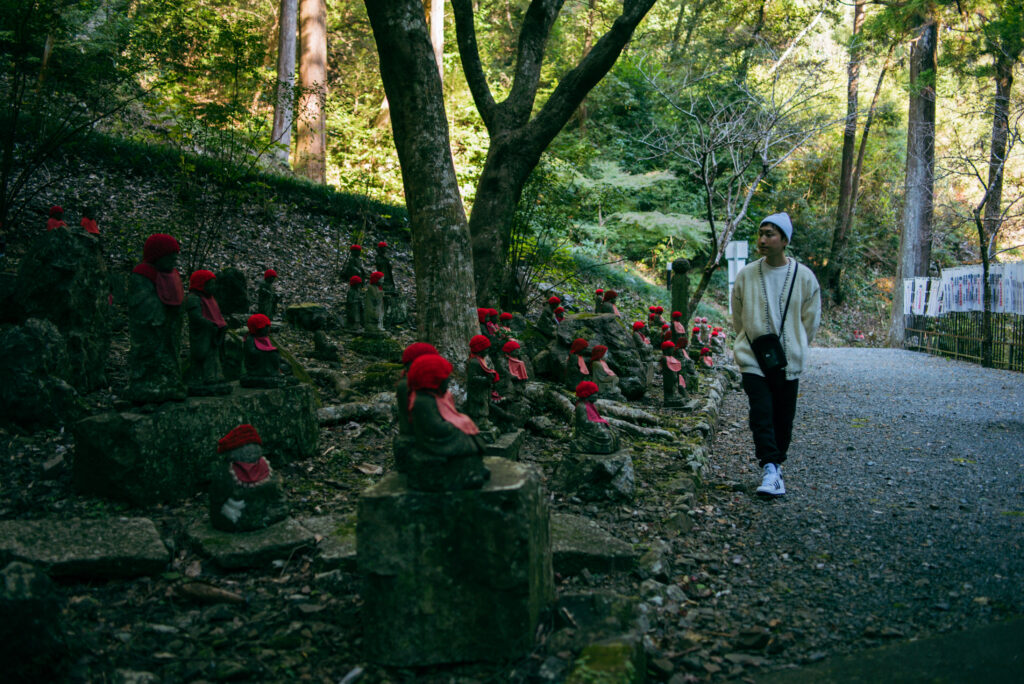
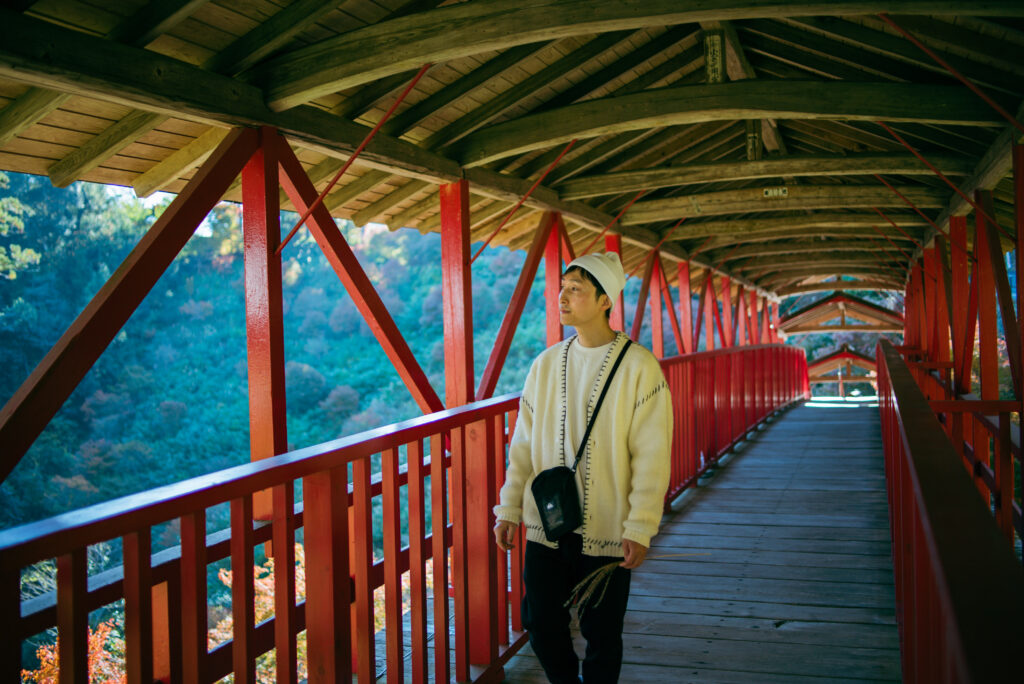
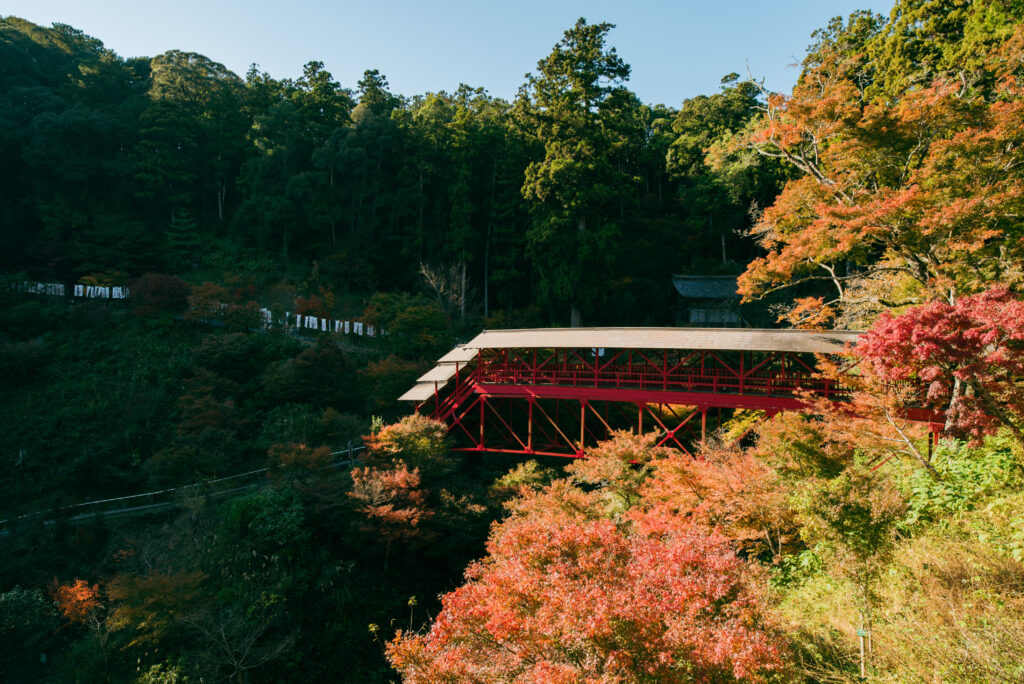
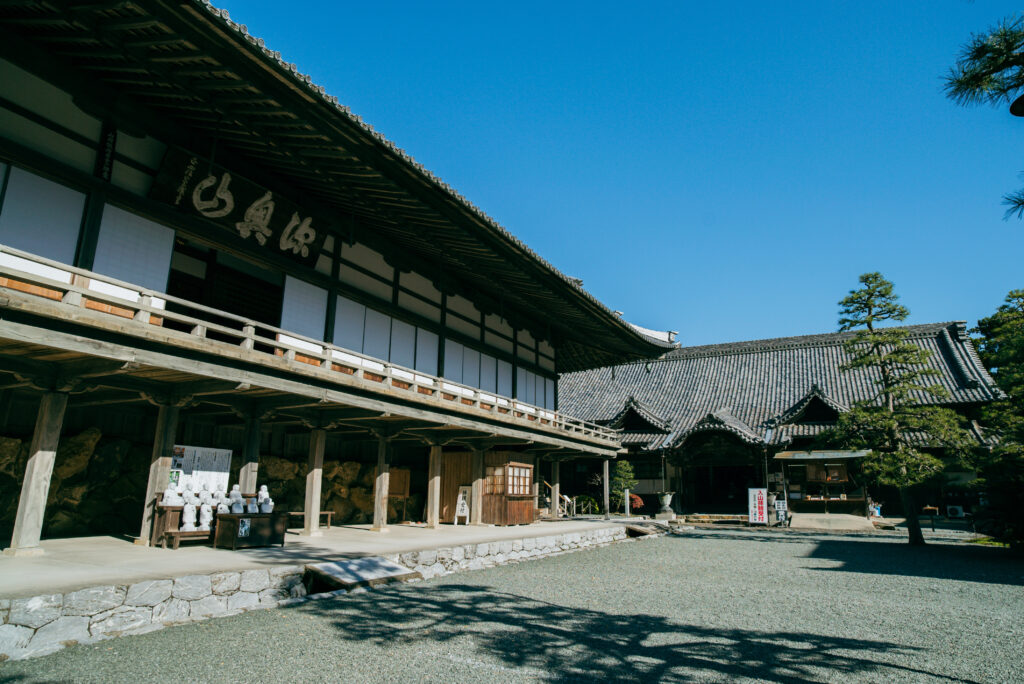
Throughout the grounds, you’ll find Buddhist statues known as the “Five Hundred Arhats.” As you ascend the temple path lined with small Arhat statues wearing distinctive red woolen caps, you’ll encounter a red bridge. Cross it, and you’ll be welcomed by a majestic ginkgo tree and the temple’s main hall.
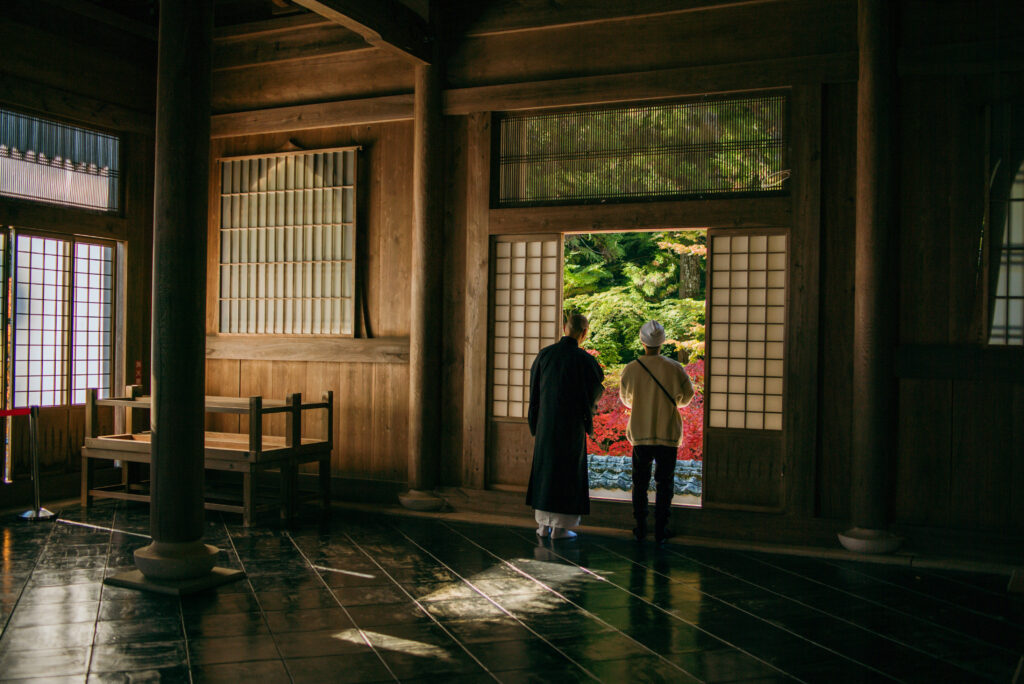
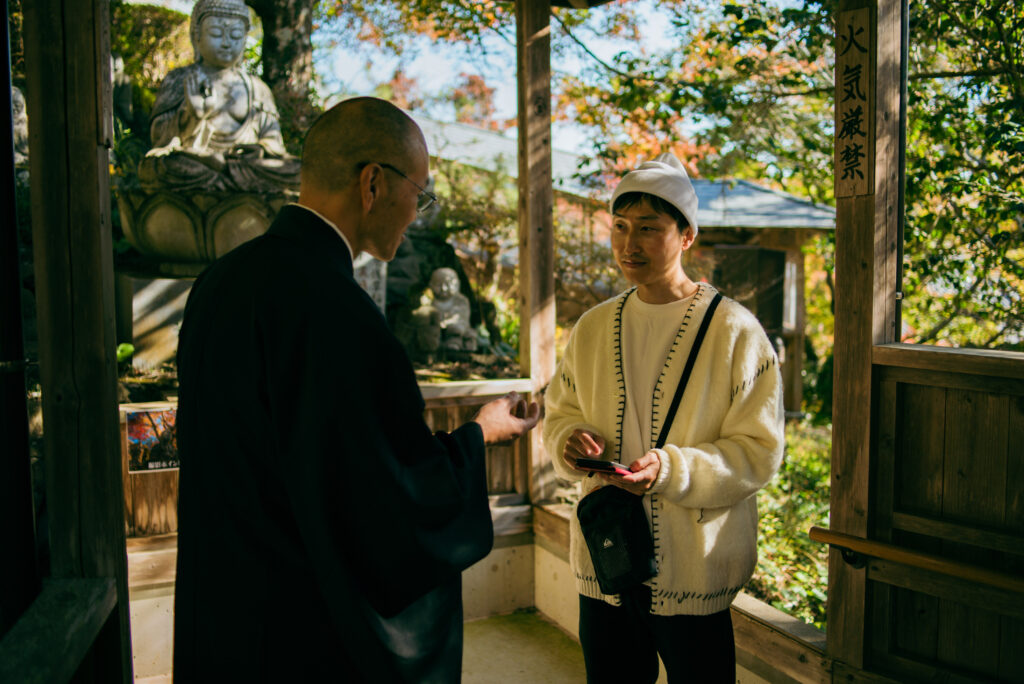
The temple actively promotes itself on social media. Photo spots are strategically placed around the grounds, and the monks regularly share beautiful photographs on their social media accounts. Why not visit Hokoji Temple, with its numerous Instagram-worthy locations, to capture and share your own memorable shots?
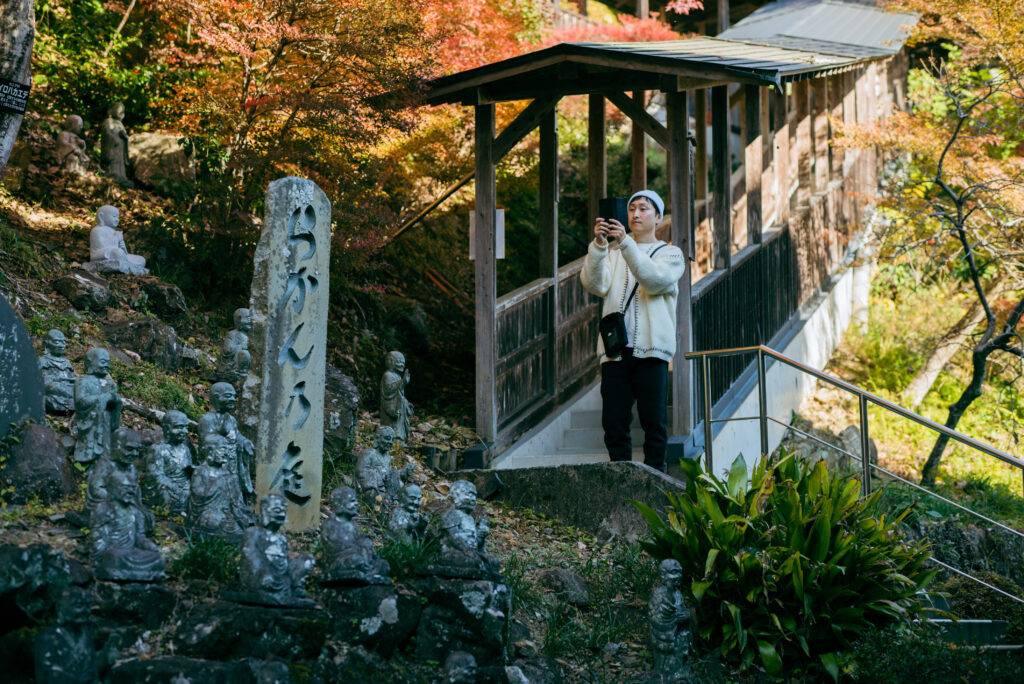
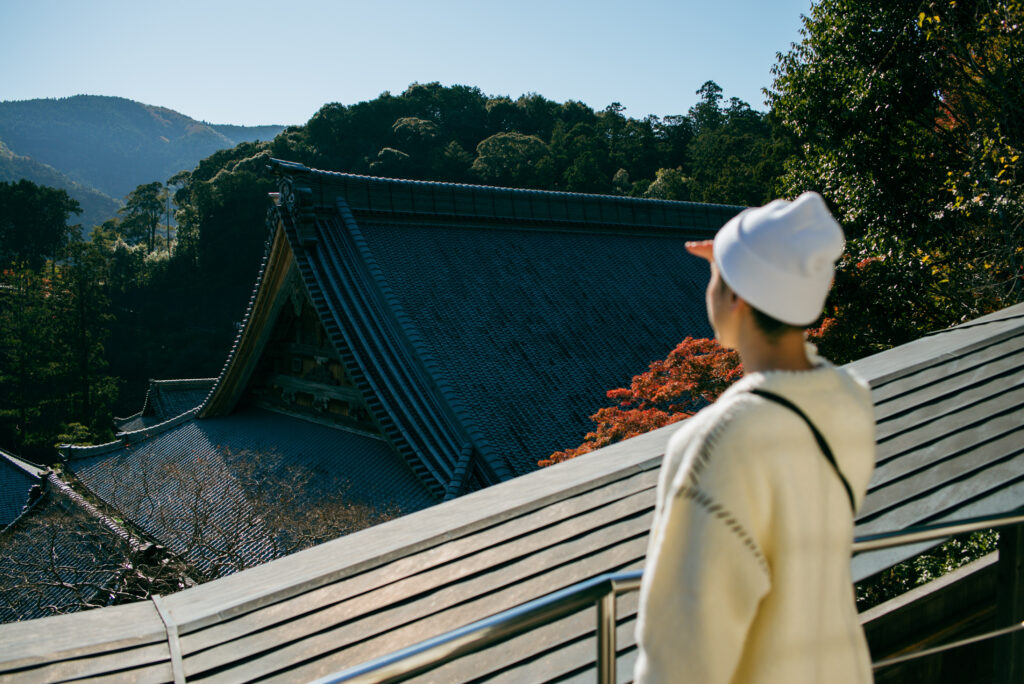
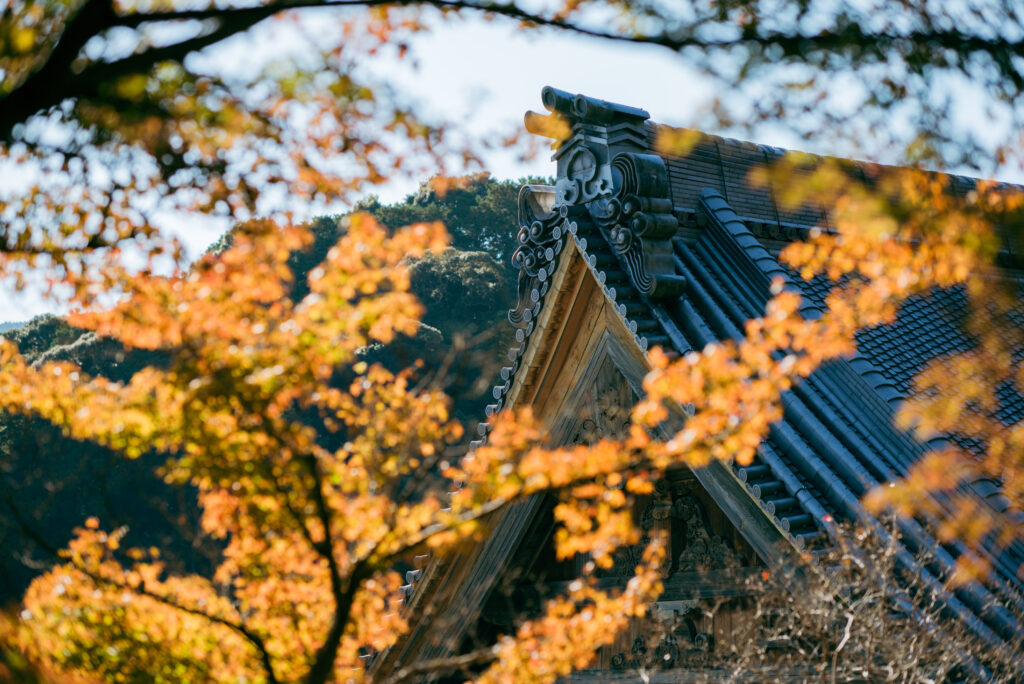
During autumn, the temple offers special evening viewing hours, with illuminations highlighting the fall colors, three-story pagoda, and the Kihai Bridge. The atmosphere is captivating both during daylight hours and after dark.
Ryotanji Temple
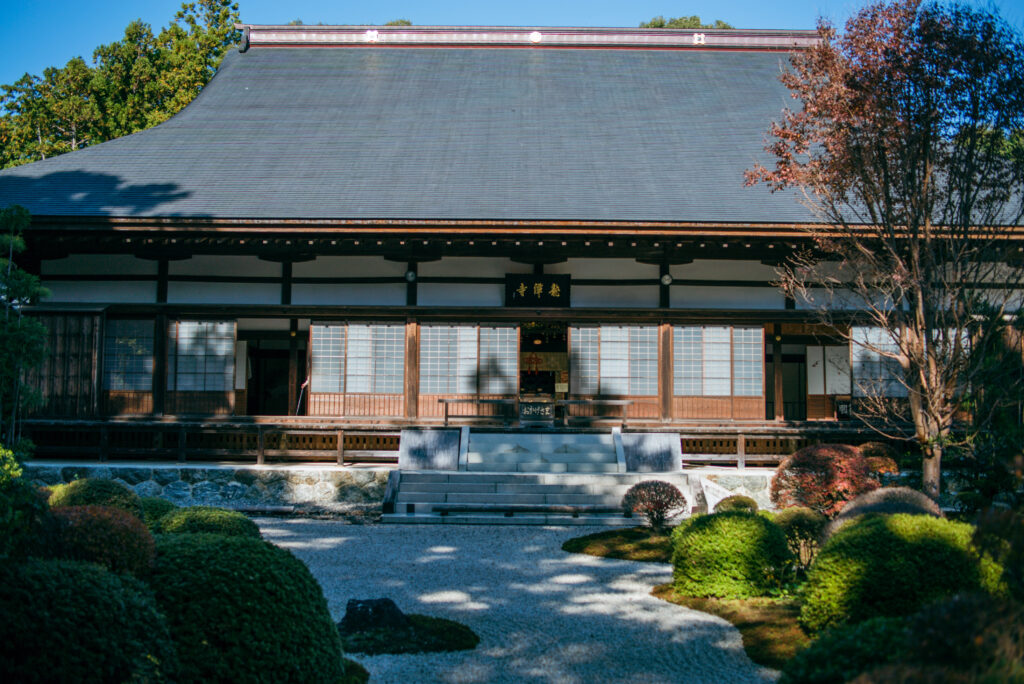
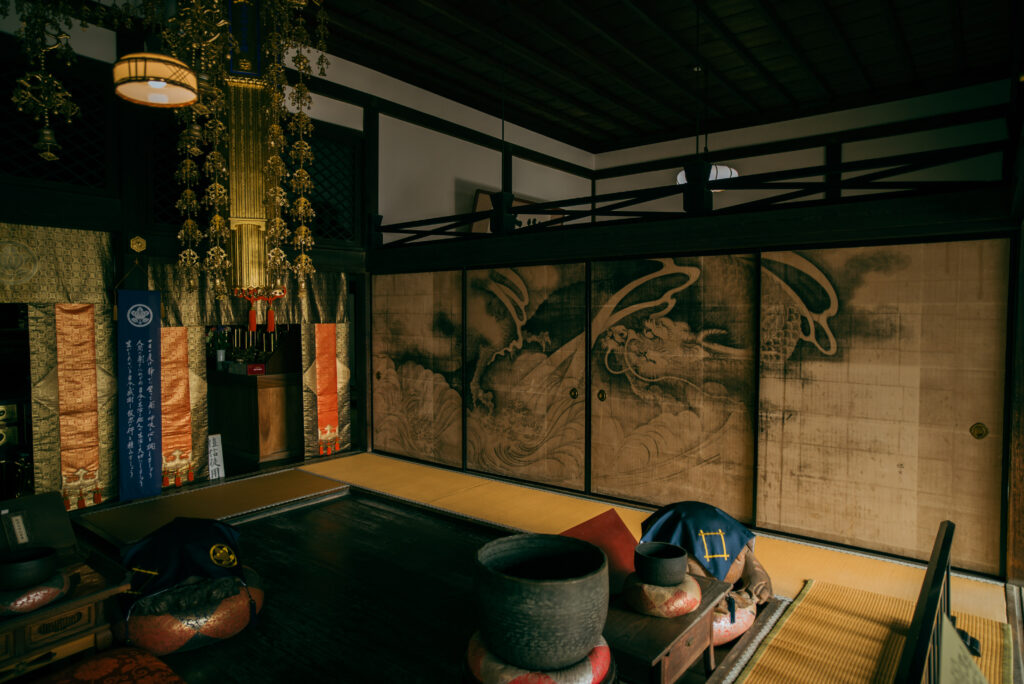
Founded in 733 during the Nara period, Ryotanji Temple is steeped in history. Its convenient location near downtown Hamamatsu makes it a sought-after spot for wedding photography. During our visit, we saw soon-to-be-married couples capturing their special moments with radiant smiles. The temple draws many worshipers and holds a special place in the local community’s heart.
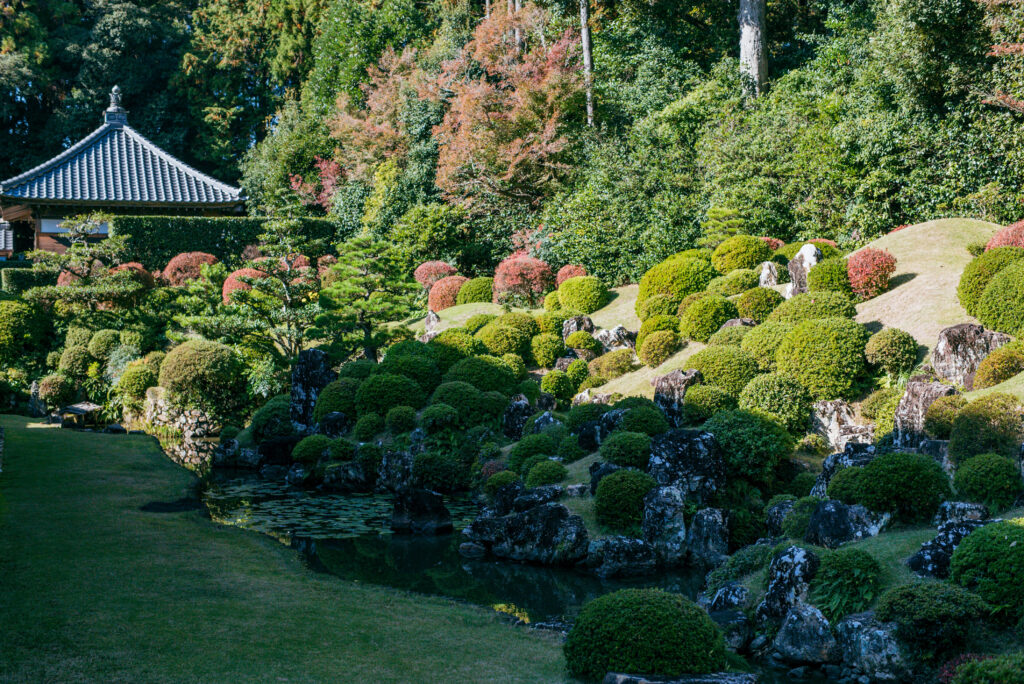
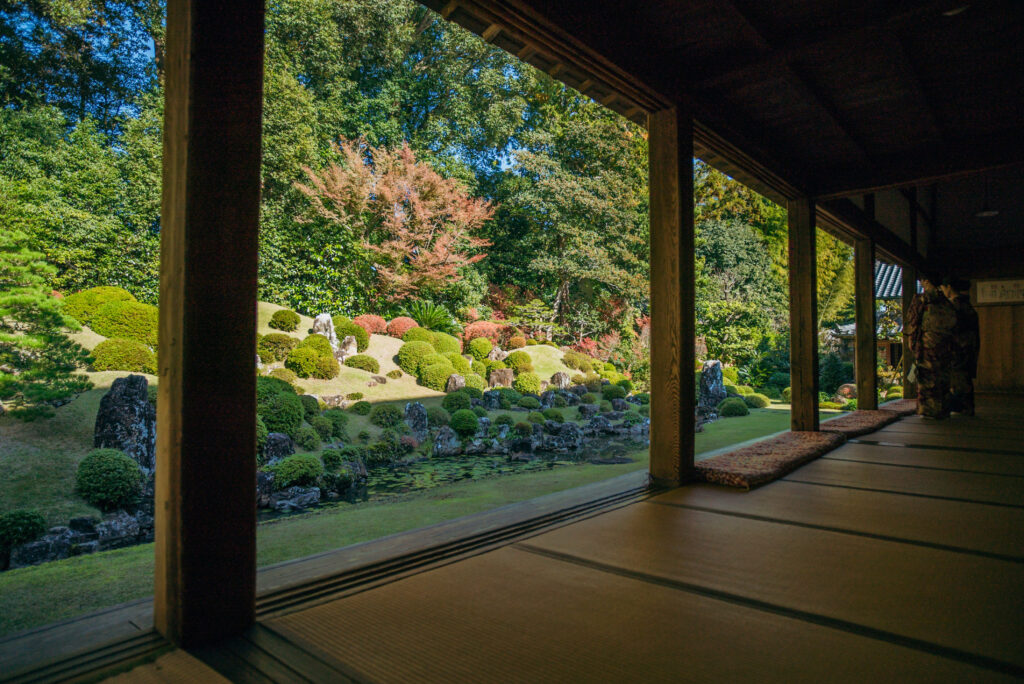
The temple’s crown jewel is its Japanese garden, renowned as “one of the finest in the Tokai region.” Designed by the celebrated Edo-period landscape architect Enshu Kobori, the garden features thoughtfully placed elements: a guardian stone at its center, flanked by two Nio stones, and a worship stone at the front. It also has a pond shaped like the Chinese character for “heart” (心). The garden transforms throughout the seasons, showcasing azaleas in spring and baby’s breath flowers in autumn. Visitors can find tranquility while taking in the garden’s exquisite beauty.
Nukumori no Mori (Forest of Warmth)
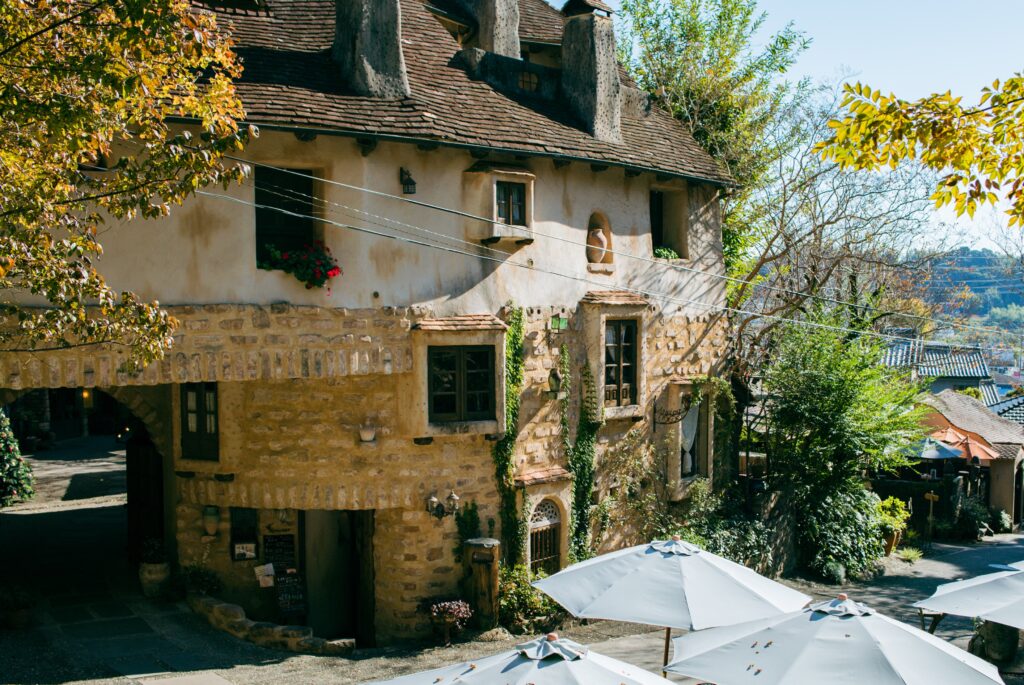
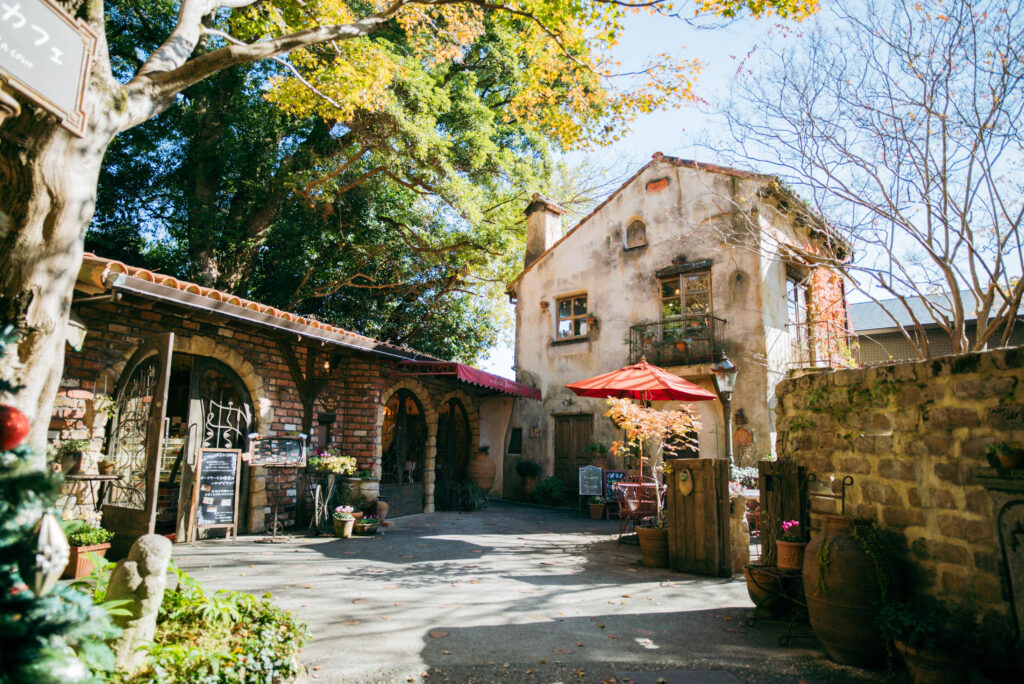
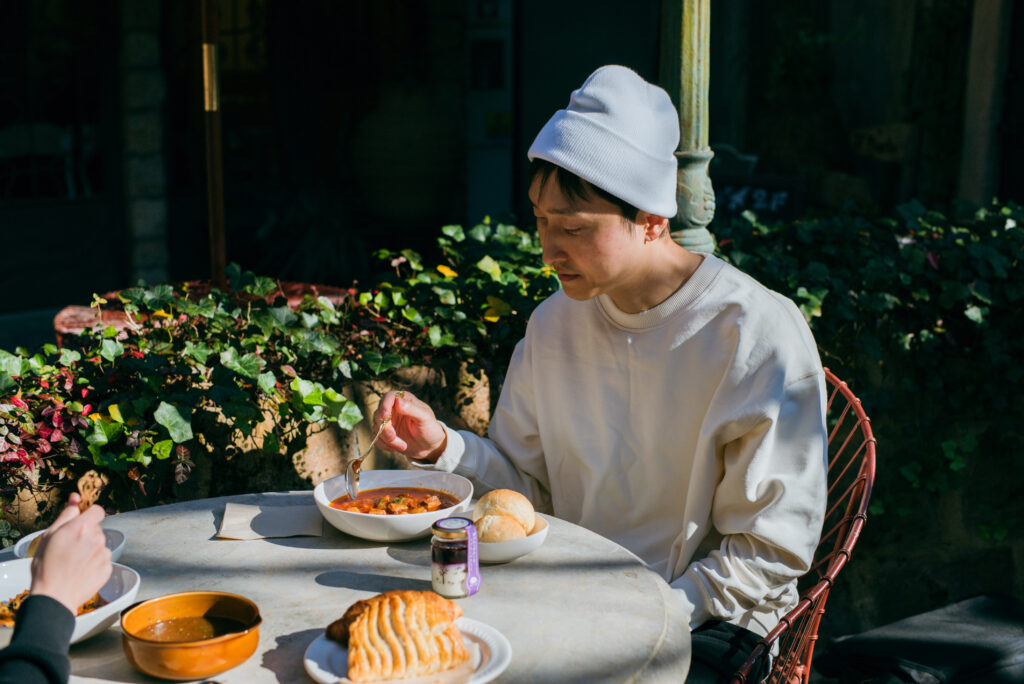
Nukumori no Mori is a tourist attraction featuring a charming cluster of shops nestled in a small forest that emerges unexpectedly in a quiet residential area. The site features a cafe, restaurant, gelato shop, and more housed in whimsical, mushroom-like buildings. One look will have you wondering if you’ve stepped into the world of Snow White and the Seven Dwarfs or My Neighbor Totoro.
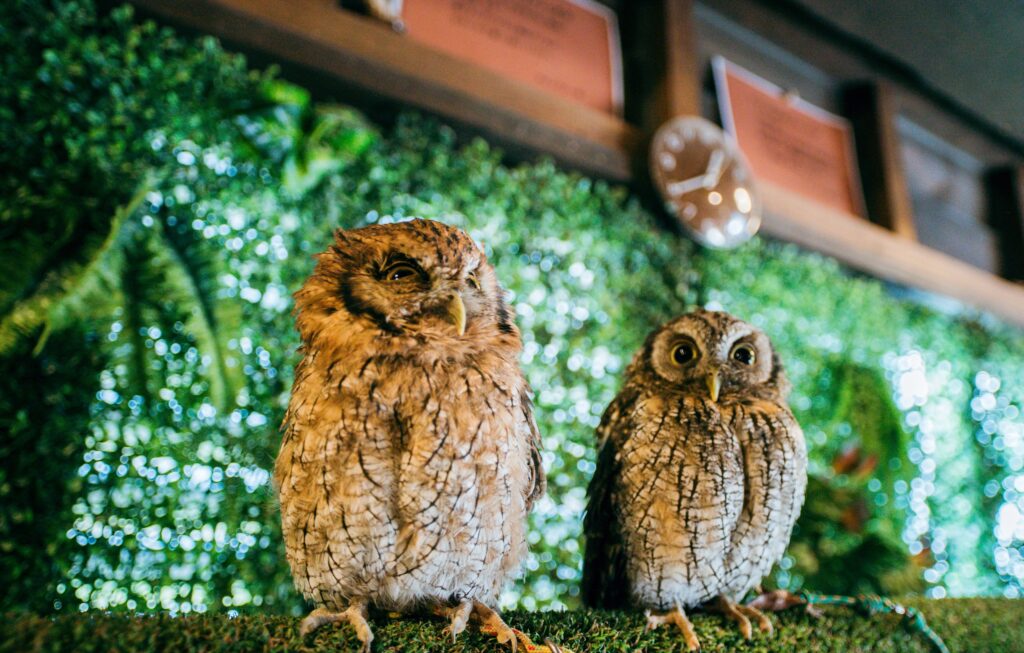
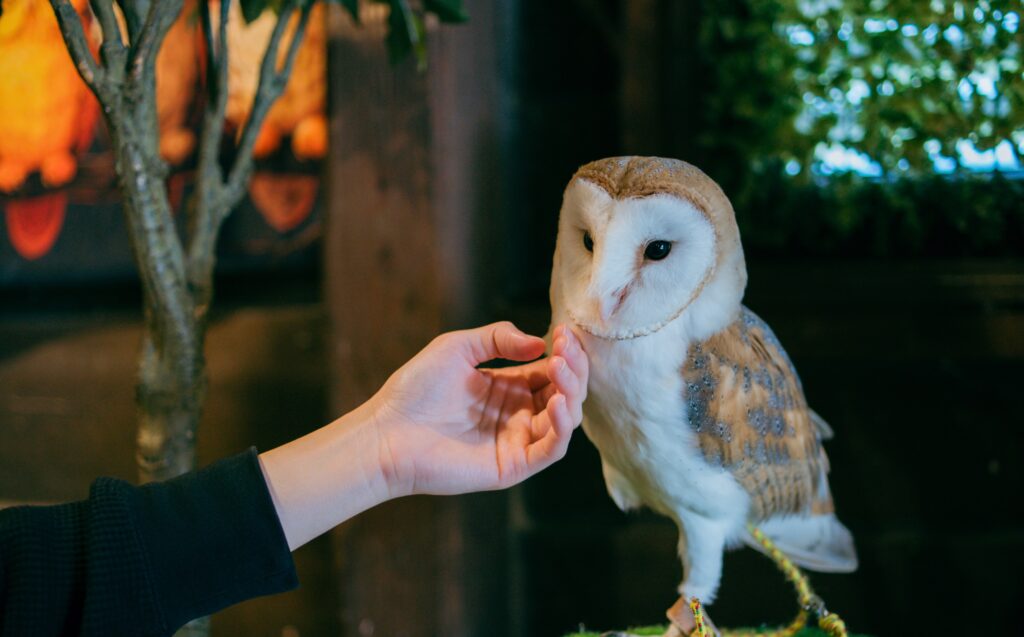
Within the tourist complex sits “Fukumori” which is home to several gentle creatures including owls, hedgehogs, and chinchillas (unique rodents native to South America). Visitors can interact with these animals in person. If you’re intrigued by chinchillas, which combine features of both rabbits and large rodents in an endearing way, this animal encounter spot is worth a visit.
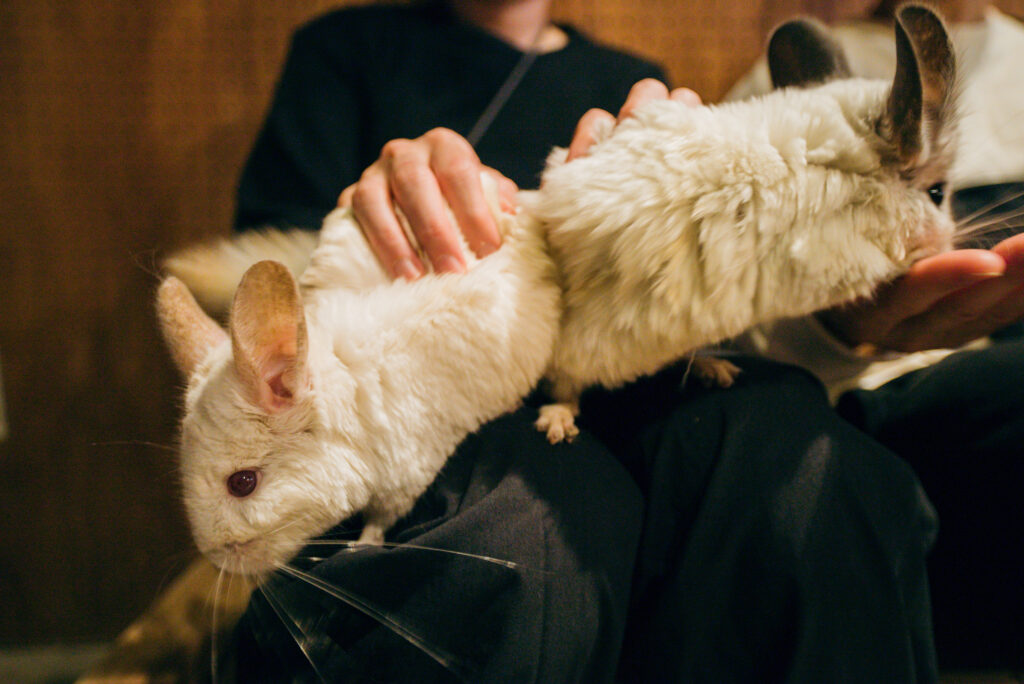
Hananomai Brewing
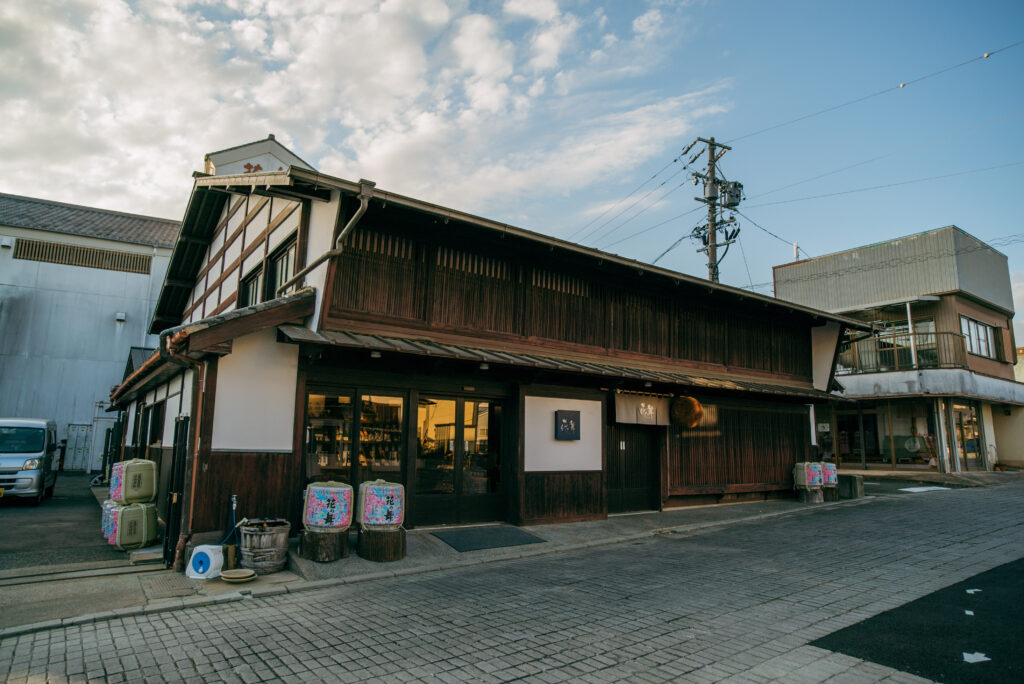
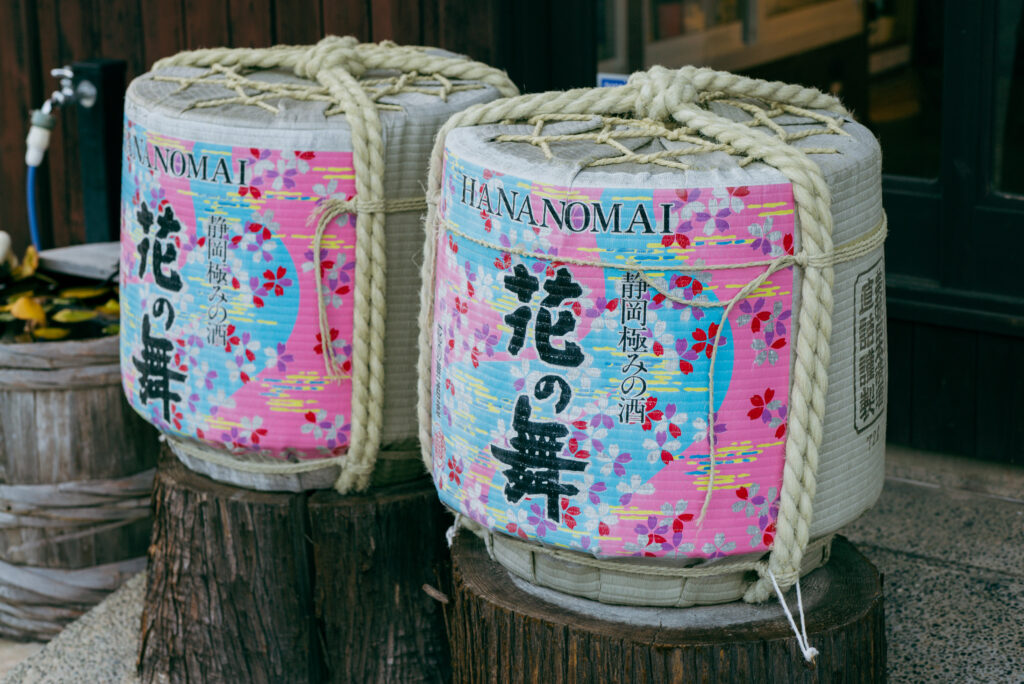
We visited Hananomai Brewing, established in 1864, which masterfully balances traditional brewing methods with innovative approaches to sake production.
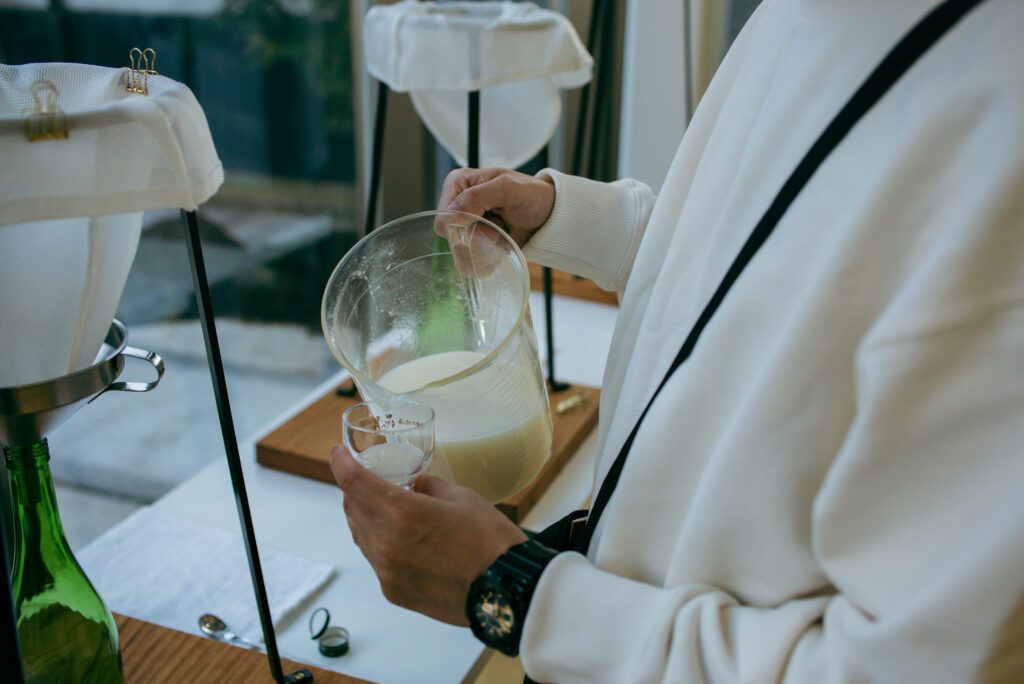
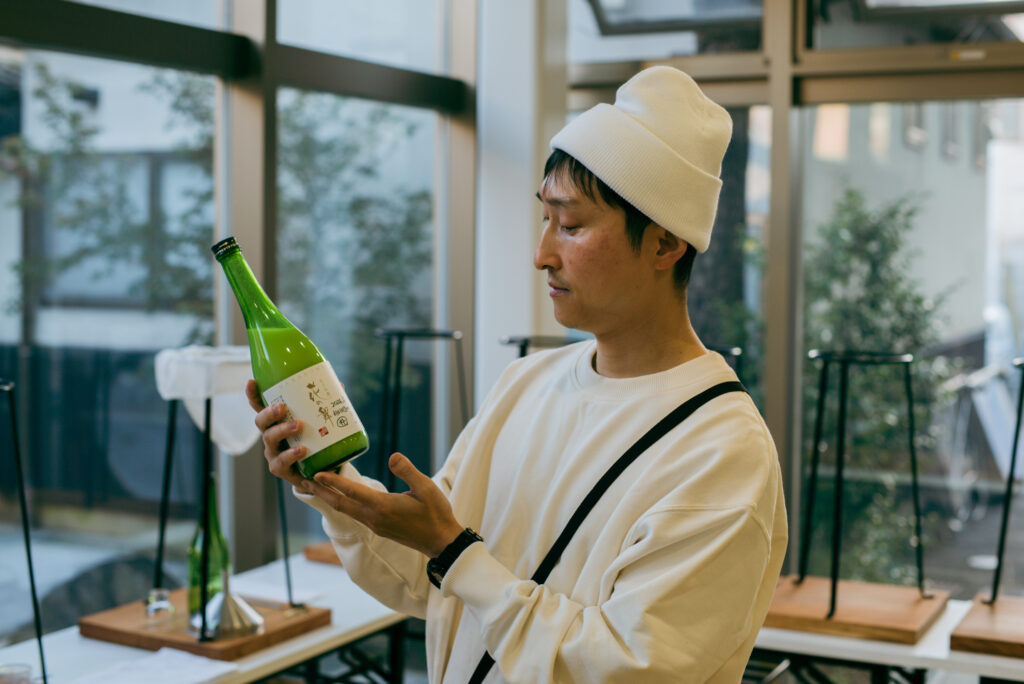
At the heart of their visitor experience is a unique “sake pressing” activity that you won’t find anywhere else. Participants get to press moromi (the fermented rice mash that becomes sake) and bottle it themselves. After adding their own label, visitors can take home their personally pressed sake as a special souvenir.
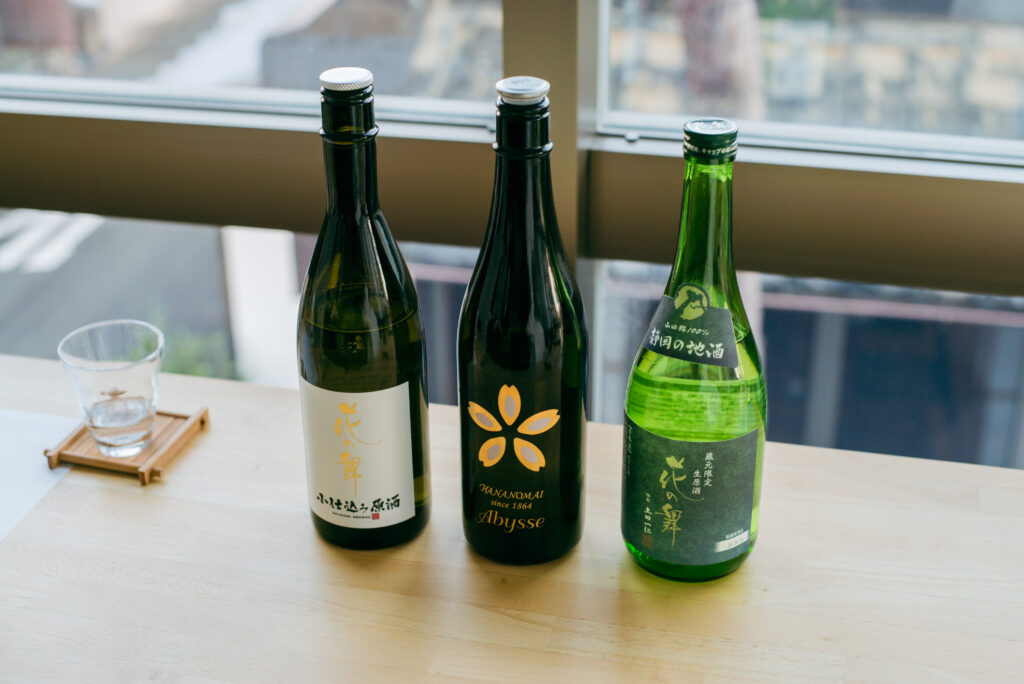
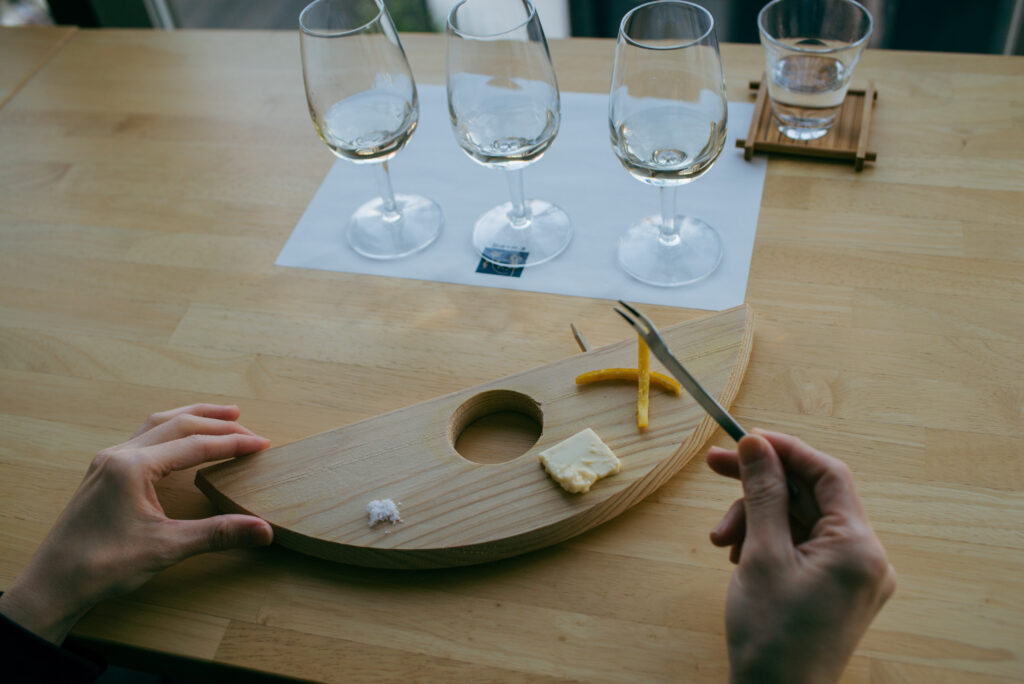
After the sake-squeezing experience, visitors can enjoy a tasting of three types of sake with simple snacks while listening to an explanation from a sake expert. This experience is especially recommended for those who love sake.
Hamamatsu Fruit Park Tokinosumika
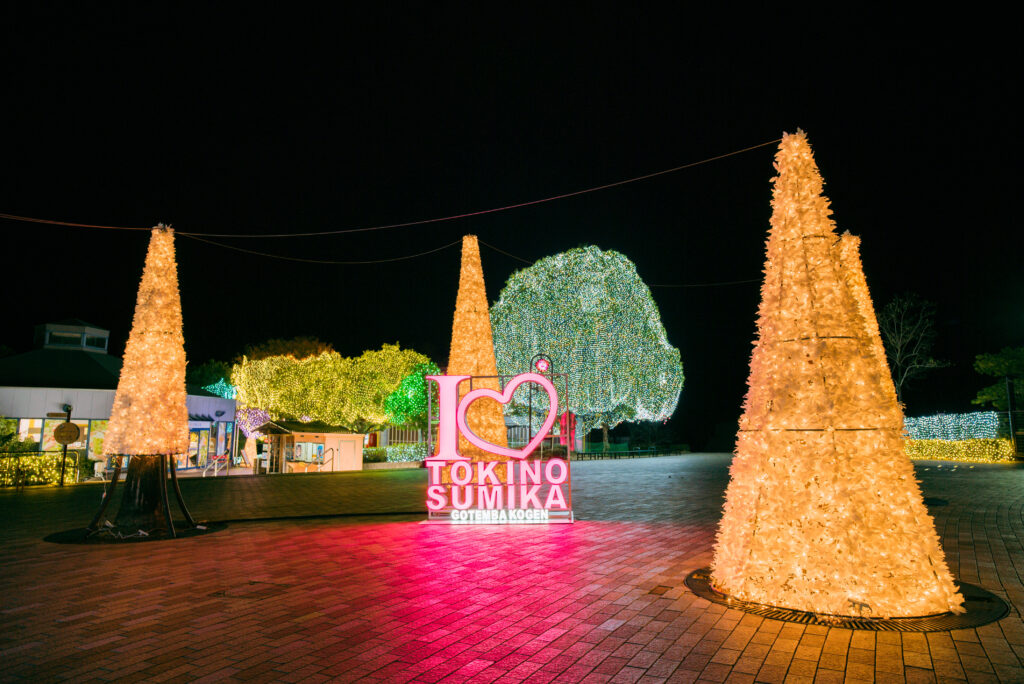
Hamamatsu Fruit Park Tokinosumika is a diverse attraction centered around fruit cultivation. The park features seasonal fruit orchards, a botanical garden, the Dinosaur Hill, an illuminated fountain show, and barbecue facilities. It draws both families and couples, especially during winter when it transforms with spectacular illuminations.
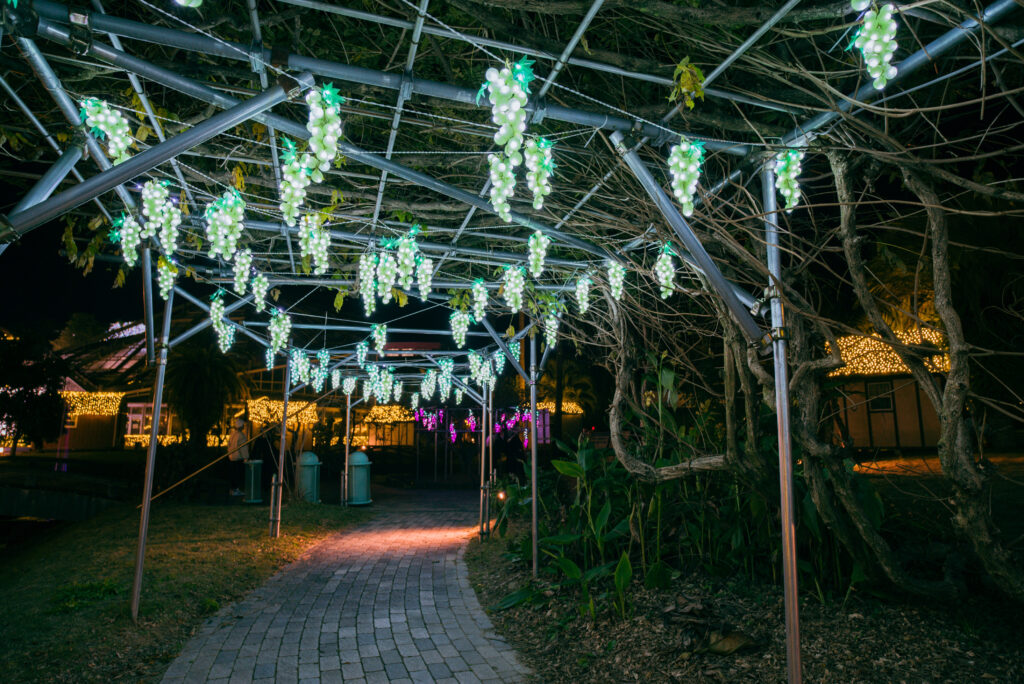
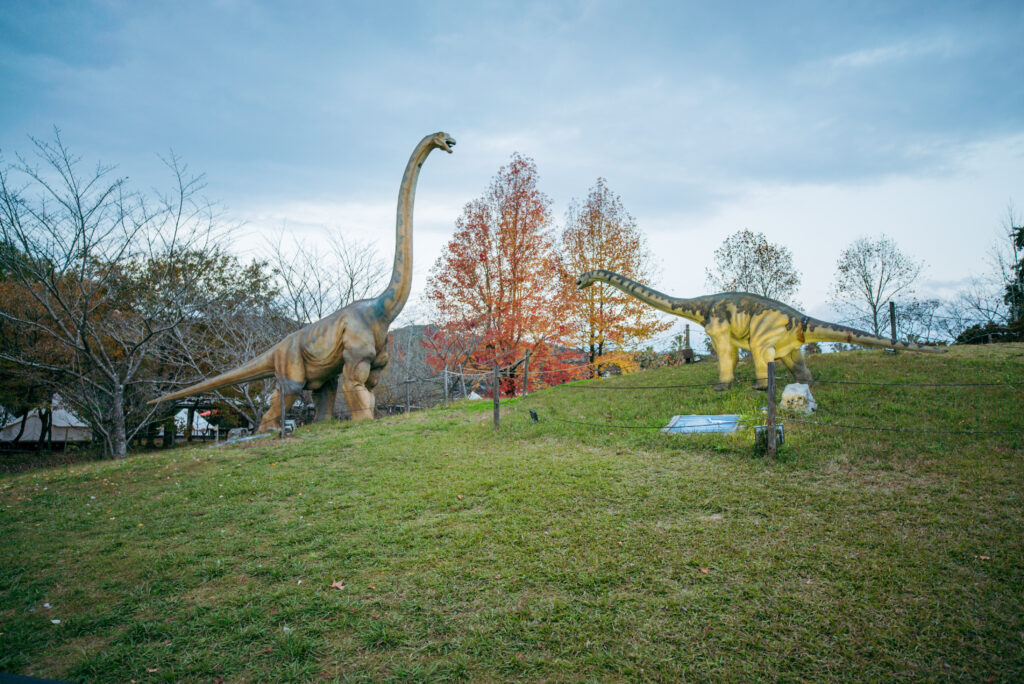
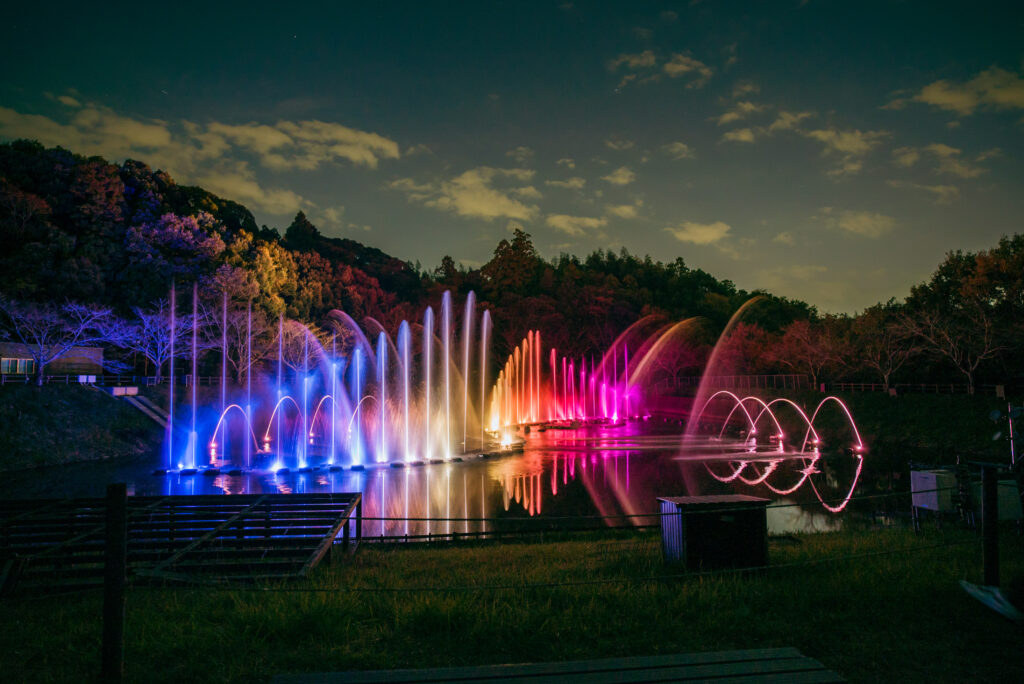
As dusk approaches, the park comes alive with vibrant lights. The centerpiece attraction is the “Light Tunnel,” stretching 130 meters and immersing visitors in a luminous walkway. At 5:00 pm, the illuminated fountain show begins, where water dances to music amidst a symphony of colored lights—a mesmerizing display that makes time stand still.
The park offers year-round activities, including seasonal fruit picking experiences and designated cycling areas across its expansive grounds, making it an engaging destination throughout all seasons.
【Day 3】
Hamamatsu City Akino Fuku Art Museum
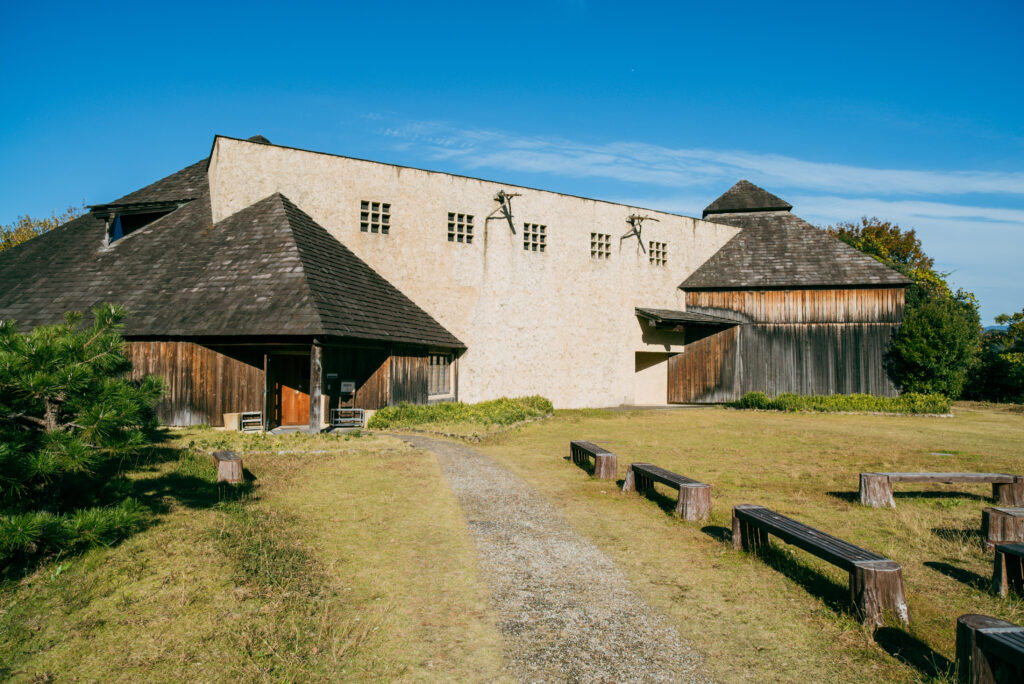
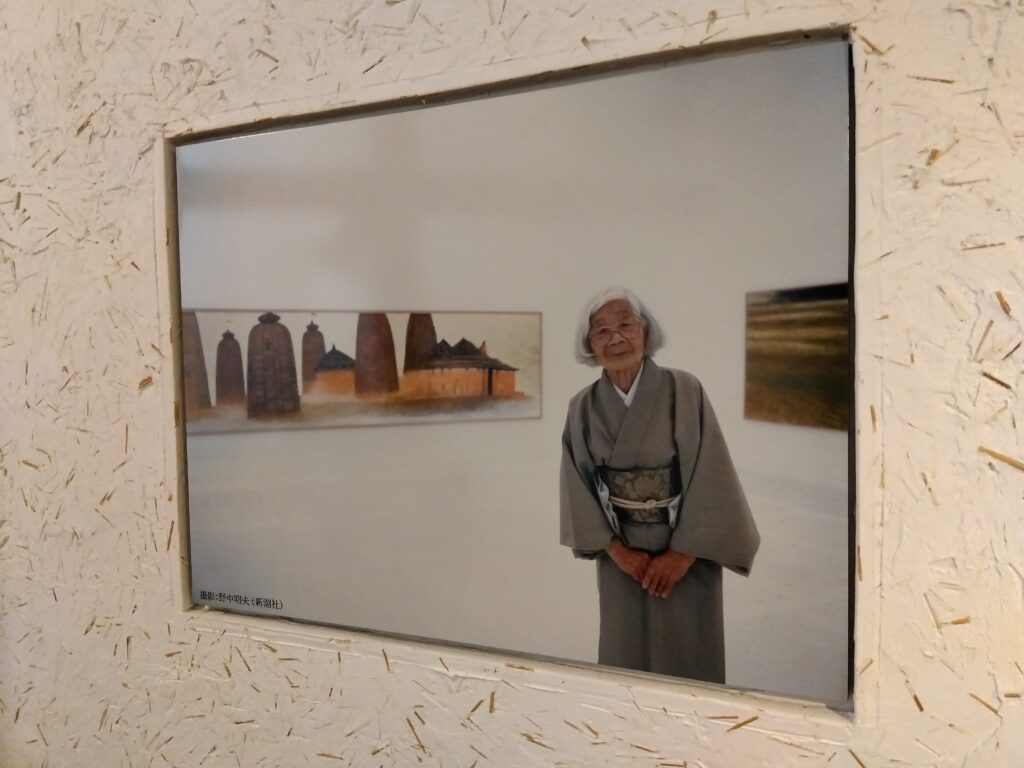
The Akino Fuku Art Museum introduces the life and works of Akino Fuku, a famous female artist from Hamamatsu.
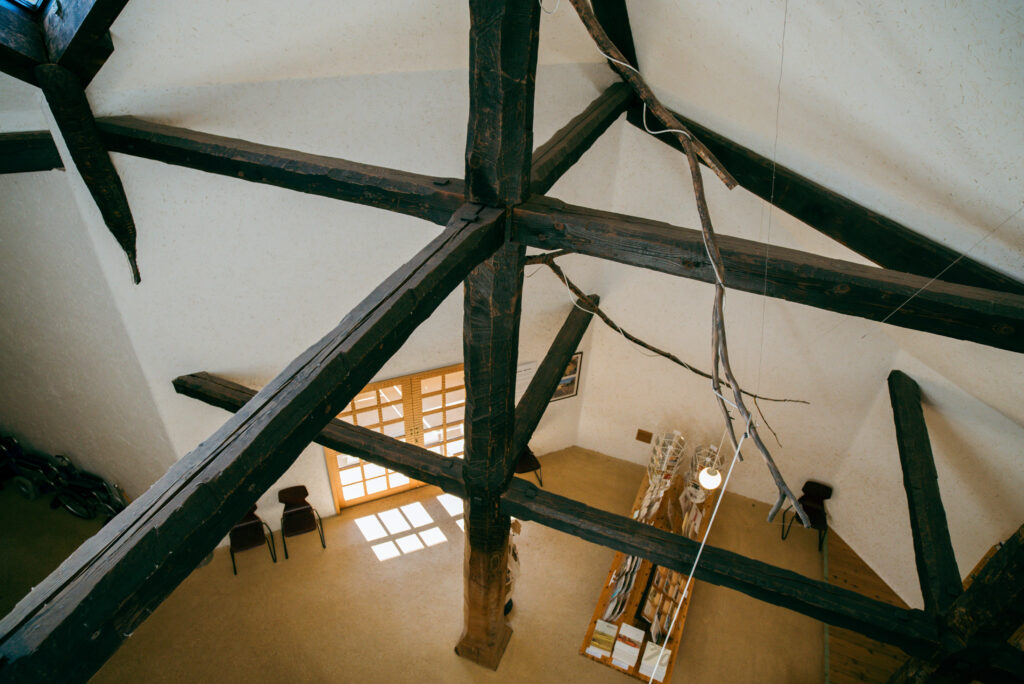
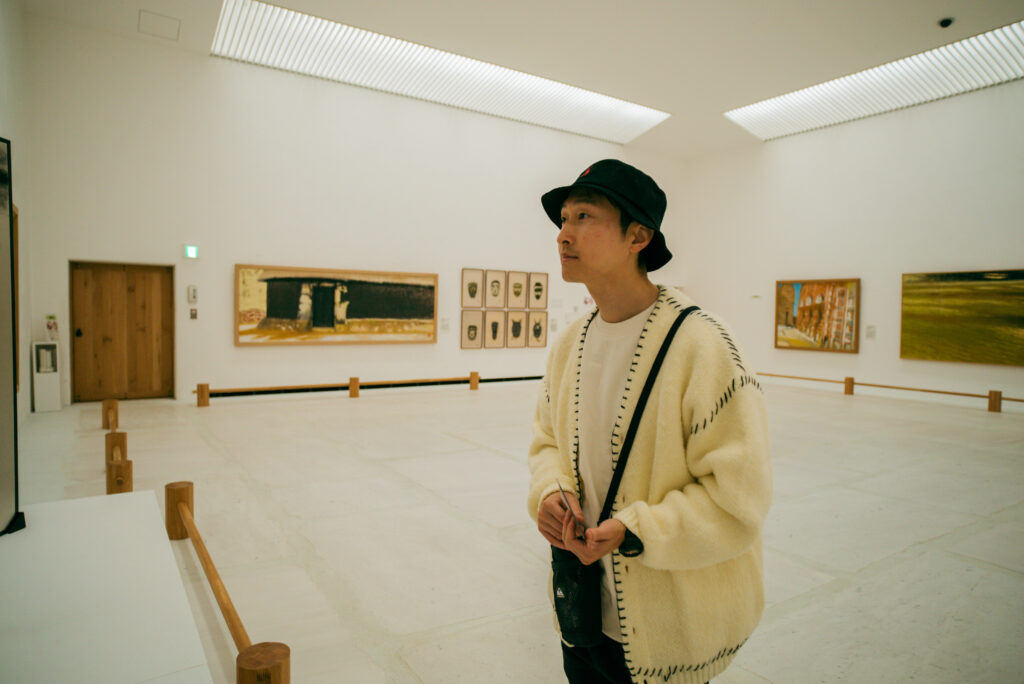
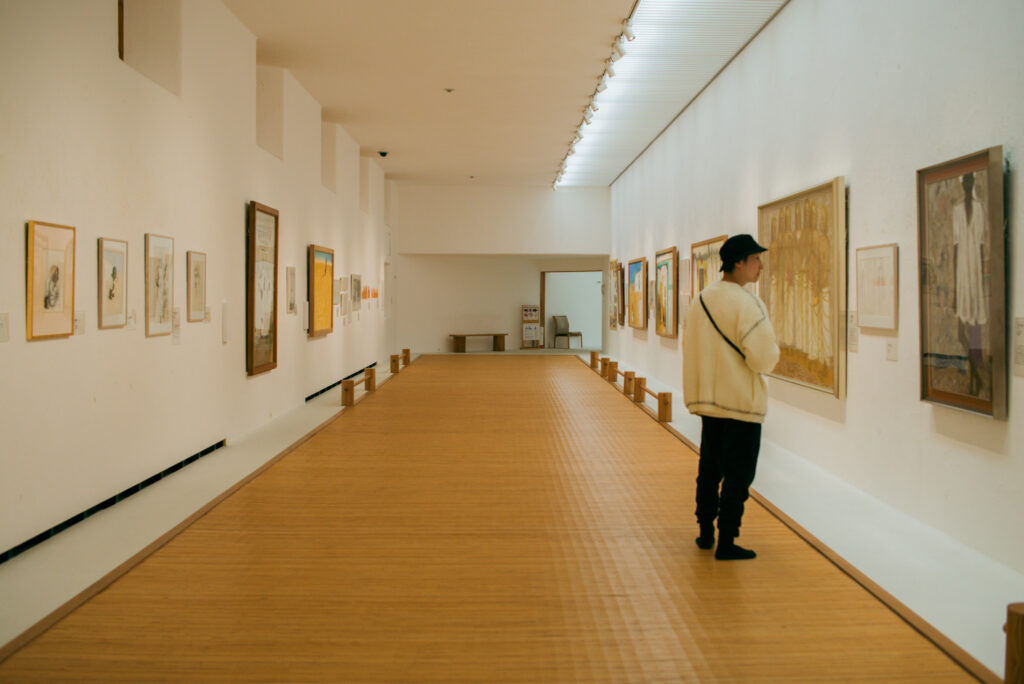
Visitors can view the many works left behind by Akino Fuku, who traveled back and forth between India, Africa, and several other countries until she passed away in 2001 at the age of 93. The museum building, designed by a prominent architect, complements her artwork through its thoughtful design. What sets this museum apart is its unique viewing experience—visitors remove their shoes before entering. The exhibition spaces feature both rattan mat and marble flooring, allowing visitors to feel natural textures underfoot while appreciating the art. In the marble gallery, guests are encouraged to sit on the floor to observe and contemplate the works. This immersive approach creates an intimate connection with the artwork that makes time seem to stand still.
Shirakura Valley
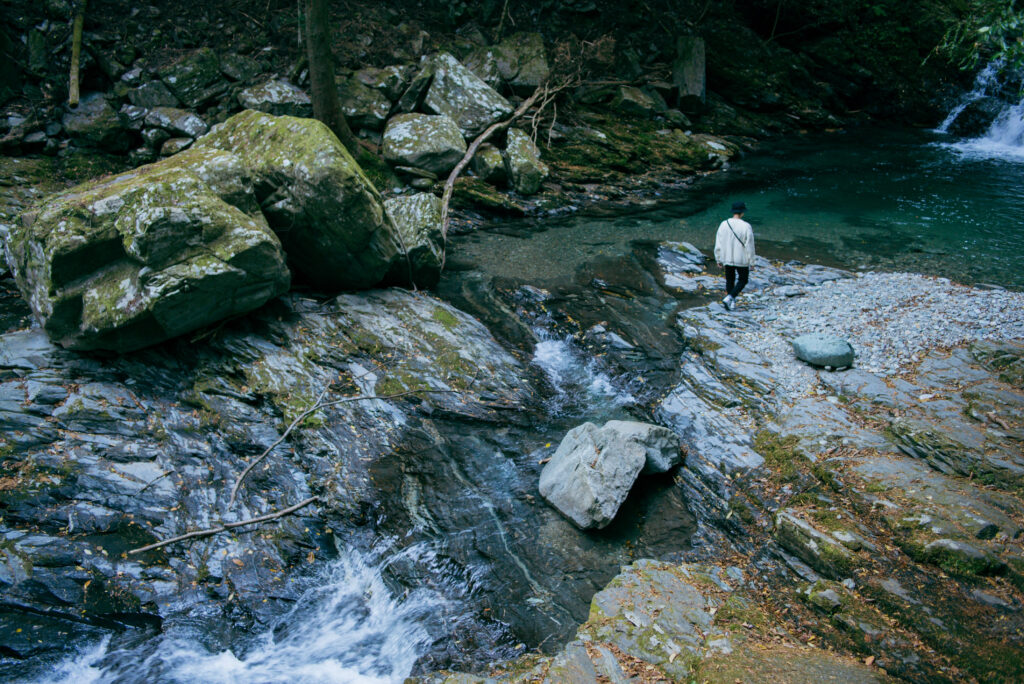
Shirakura Valley stands out as one of Hamamatsu’s premier autumn foliage destinations. A well-maintained one-kilometer walking trail winds along the gorge, offering a leisurely path through the fall colors.
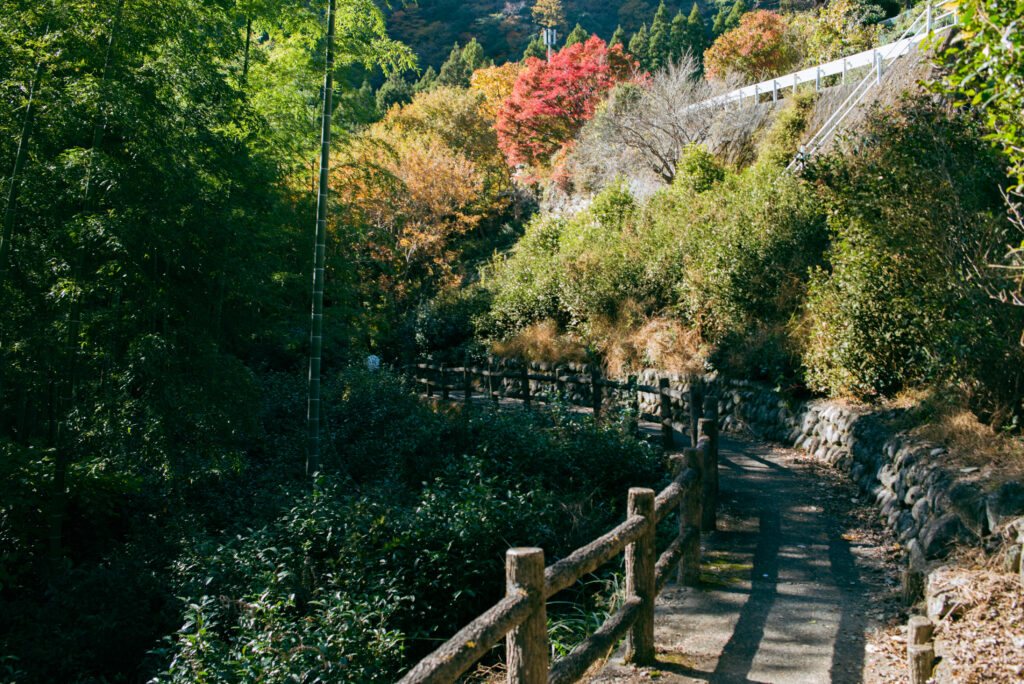
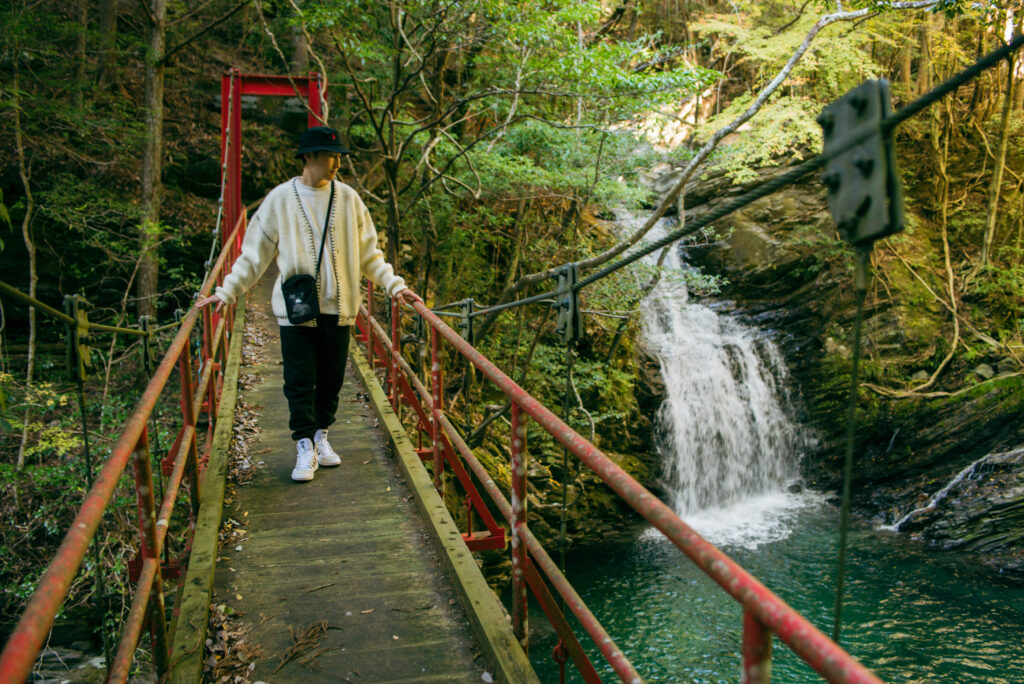
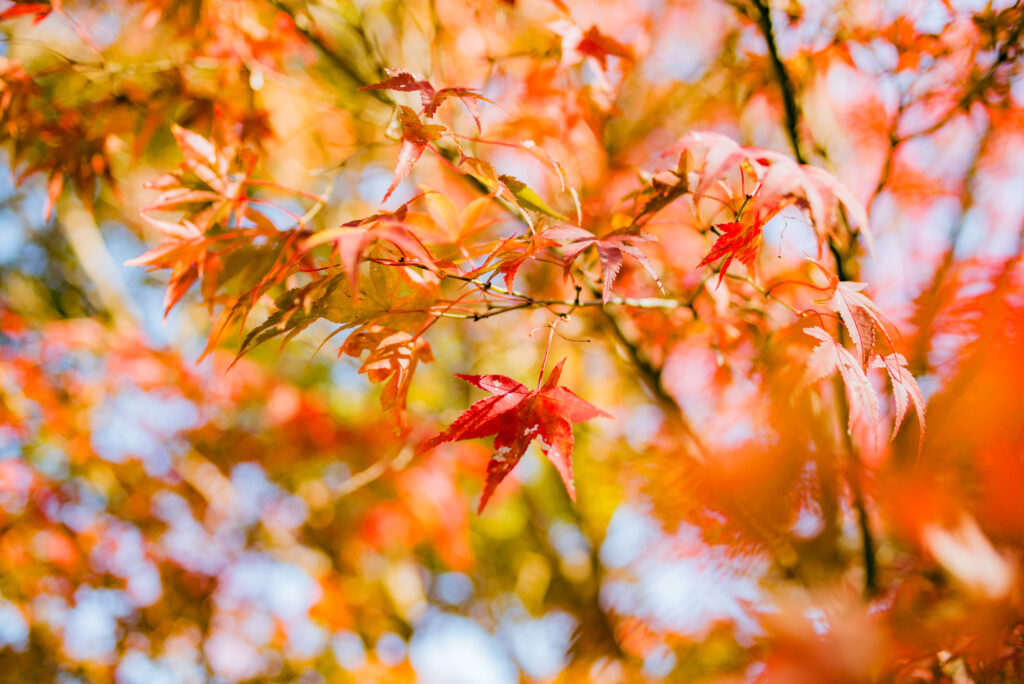
The 30-minute route features waterfalls and suspension bridges throughout, creating perfect photo opportunities that capture both the vibrant autumn leaves and the dramatic natural landscape.
Akihasan Hongu Akiha Shrine
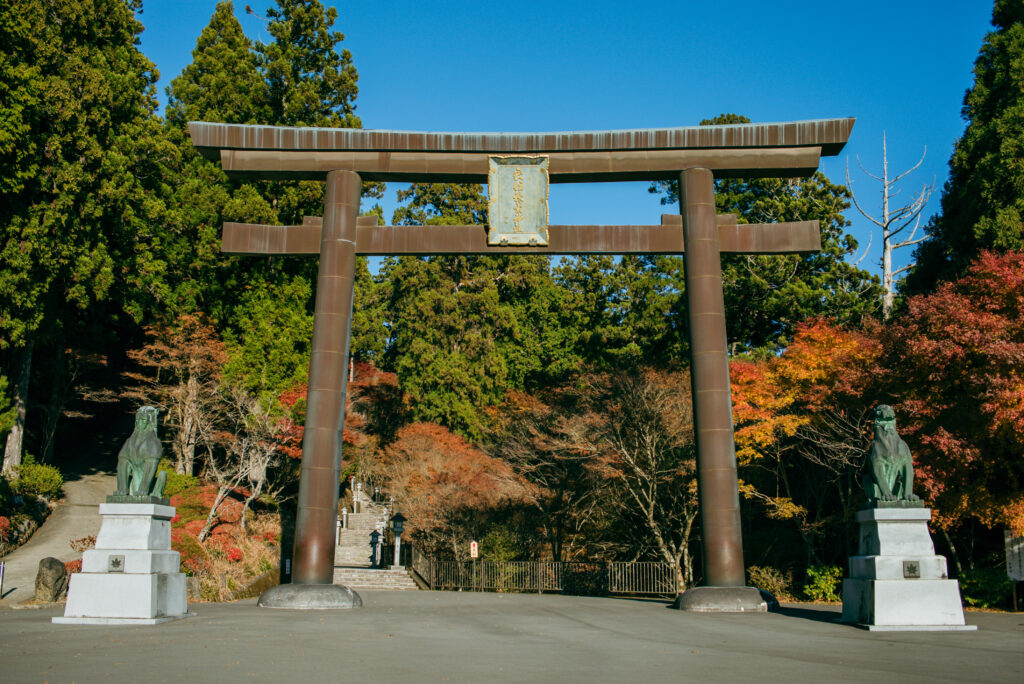
Located near the summit of Mount Akiha in northern Hamamatsu City, Akiha Shrine is a historic institution founded in 709.
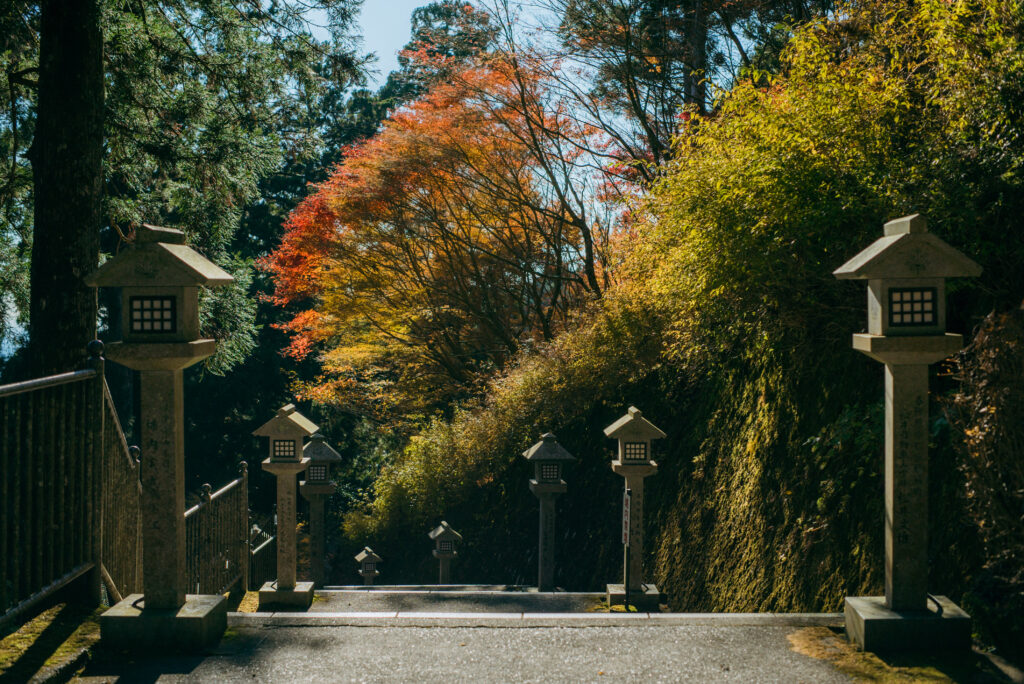
Worshiping a deity that protects against fires for over 1,300 years, this shrine notably inspired the naming of Tokyo’s Akihabara district. The shrine grounds, surrounded by towering ancient cedars, exude a revitalizing atmosphere.
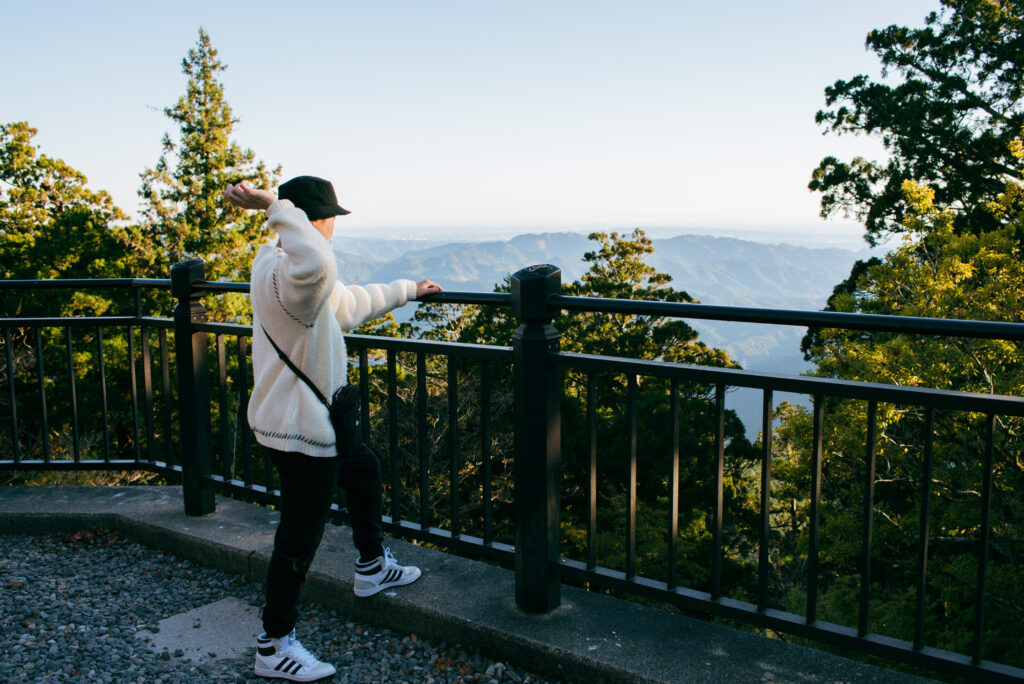
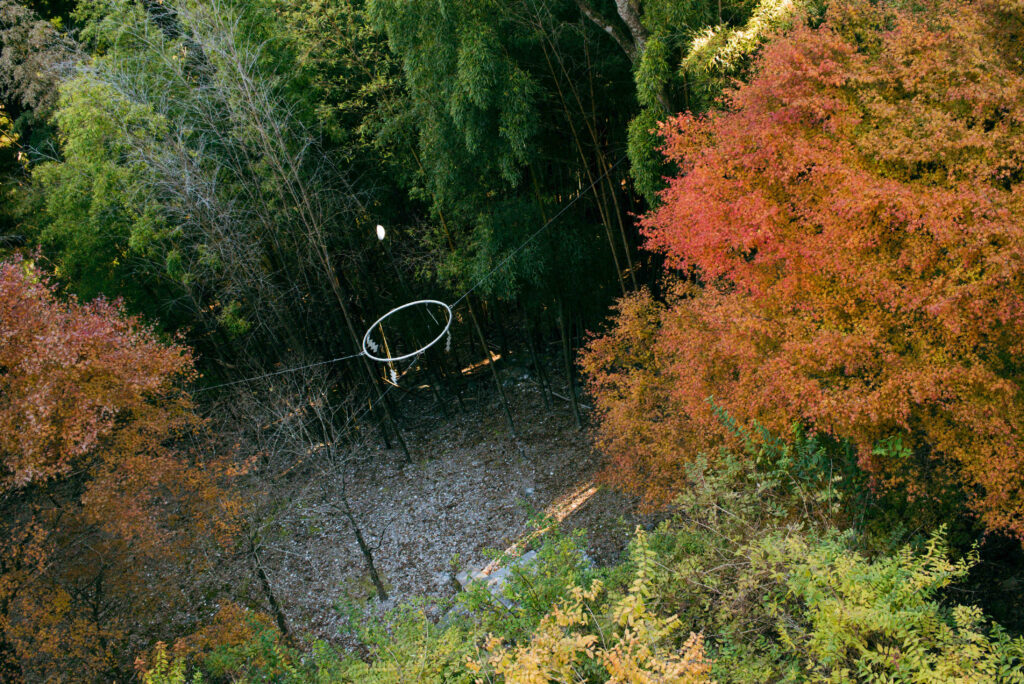
A unique feature is the “Tengu Plate Throw” ritual, where visitors write wishes on plates and throw them through a circular target beneath the shrine’s railing—the closer to the center, the more likely the wish will be granted.
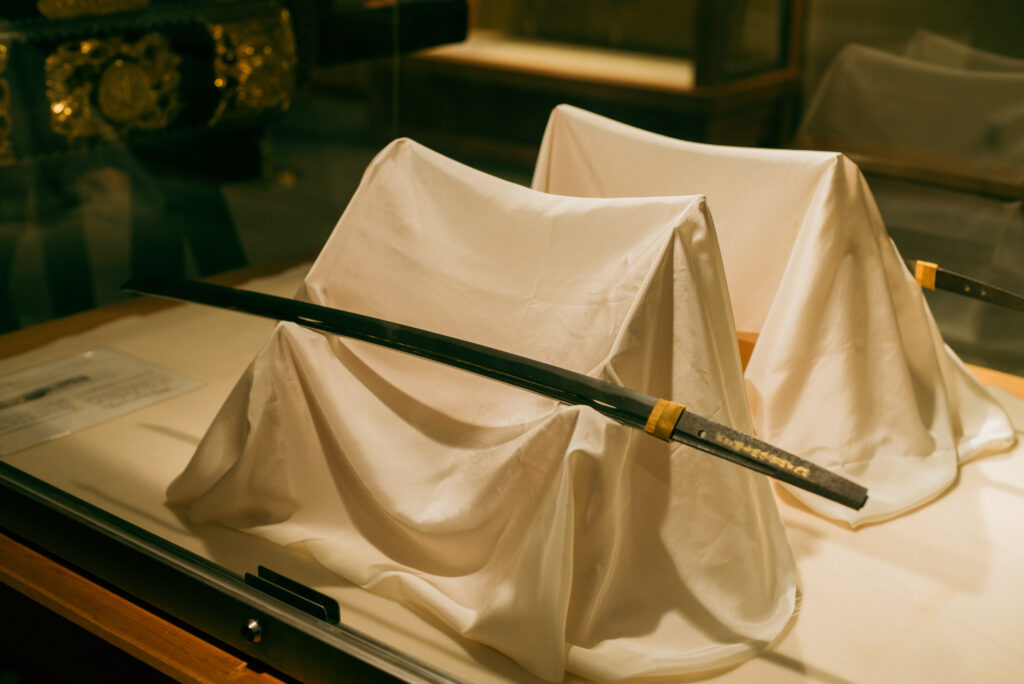
The shrine houses several Important Cultural Properties, including swords donated by legendary warriors like Ashikaga Takauji and Takeda Shingen (advance reservation required for viewing).
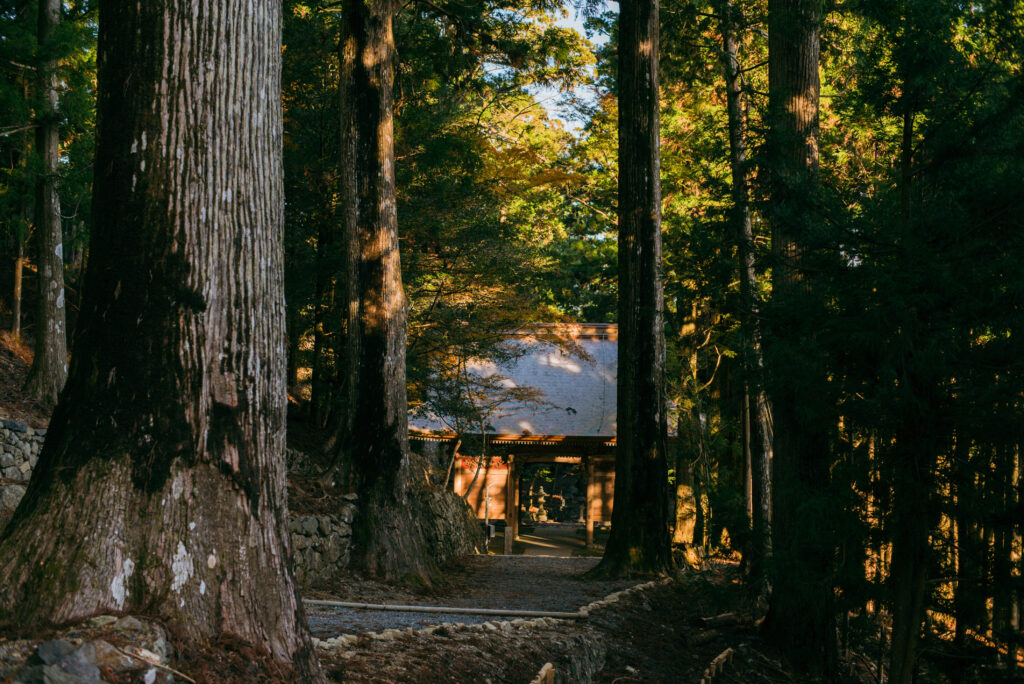
The shrine complex consists of two parts: the Upper Shrine at Mount Akiha’s peak and the Lower Shrine for distant worship. The well-maintained path connecting them is a popular hiking route.
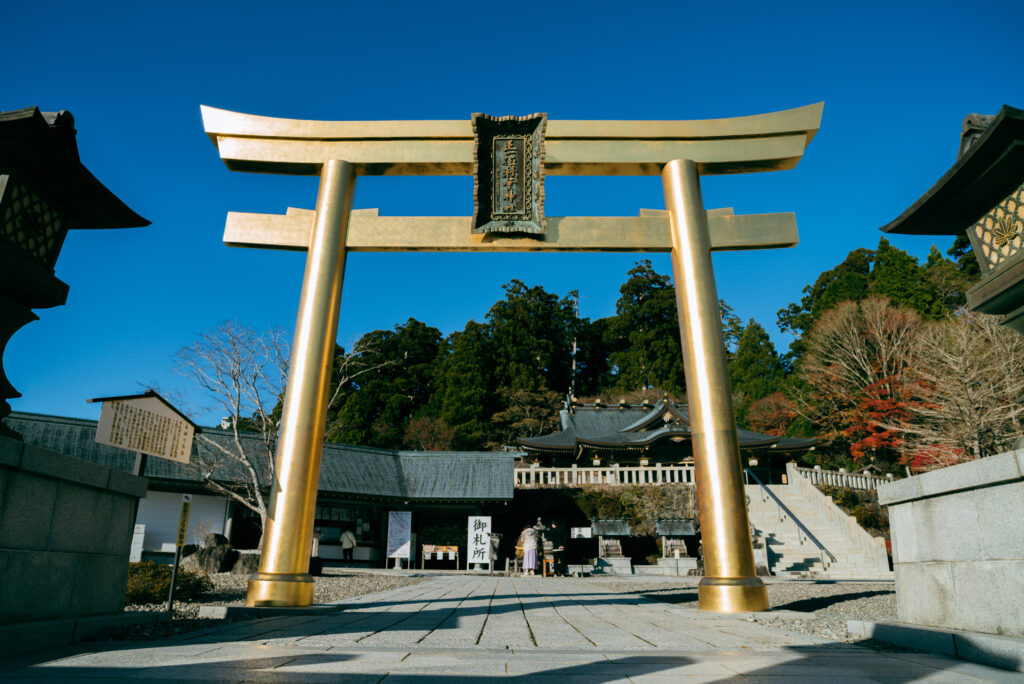
The shrine’s iconic golden torii gate, known as the “Gate of Happiness,” stands magnificently against the sky, symbolizing the shrine’s role in bringing good fortune to visitors.
Discover Japan’s Local Charm in Hamamatsu!
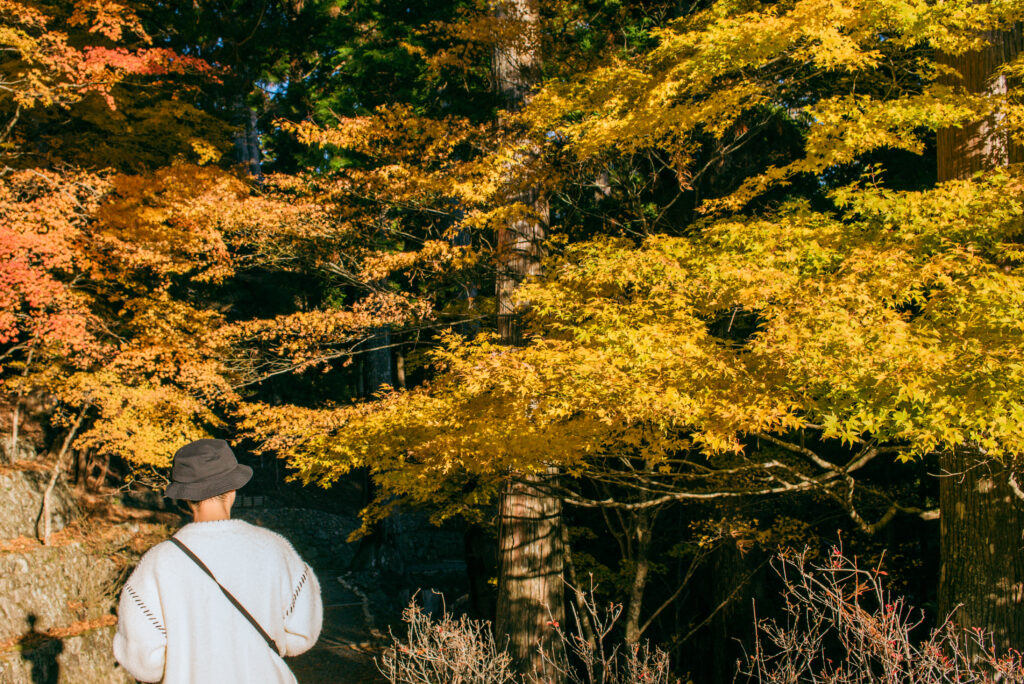
Hamamatsu, one of the largest cities in Shizuoka Prefecture, is conveniently located about 90 minutes from both Osaka and Tokyo by bullet train. While Japan continues to grow in popularity as a travel destination, there’s been a noticeable shift toward exploring regional cities over major urban centers, and Hamamatsu fits the bill perfectly. With its delicious local specialties like “gyoza” dumplings, eel, and green tea, stunning natural scenery, and easy accessibility, Hamamatsu has so much to offer. We hope you’ll take the opportunity to discover the unique charm of this vibrant city for yourself.


